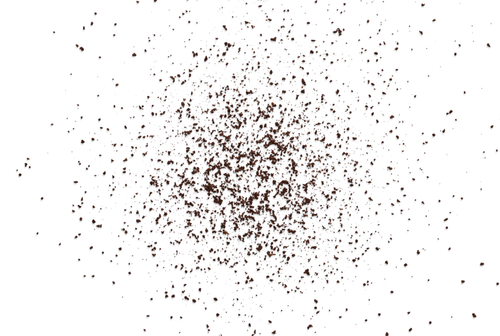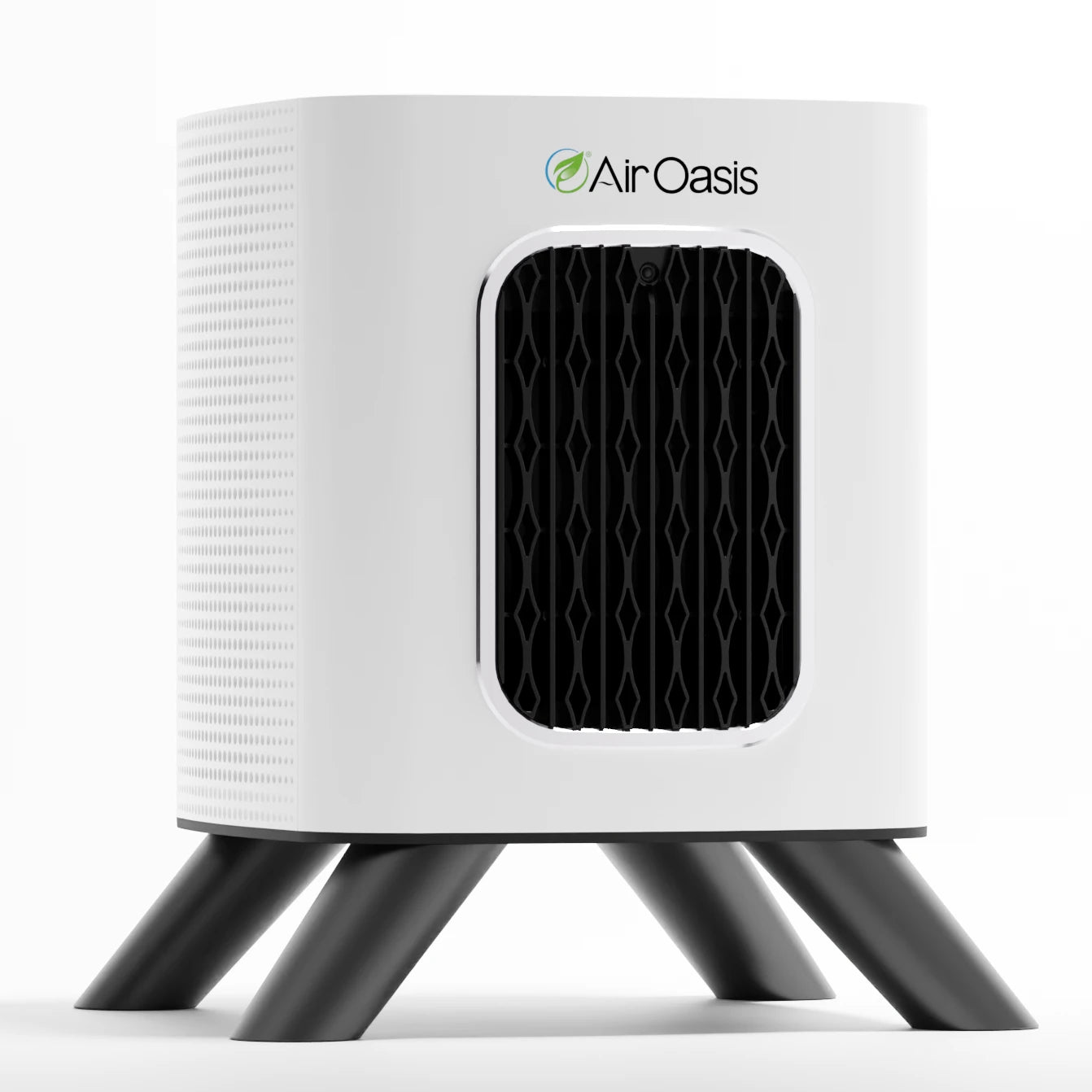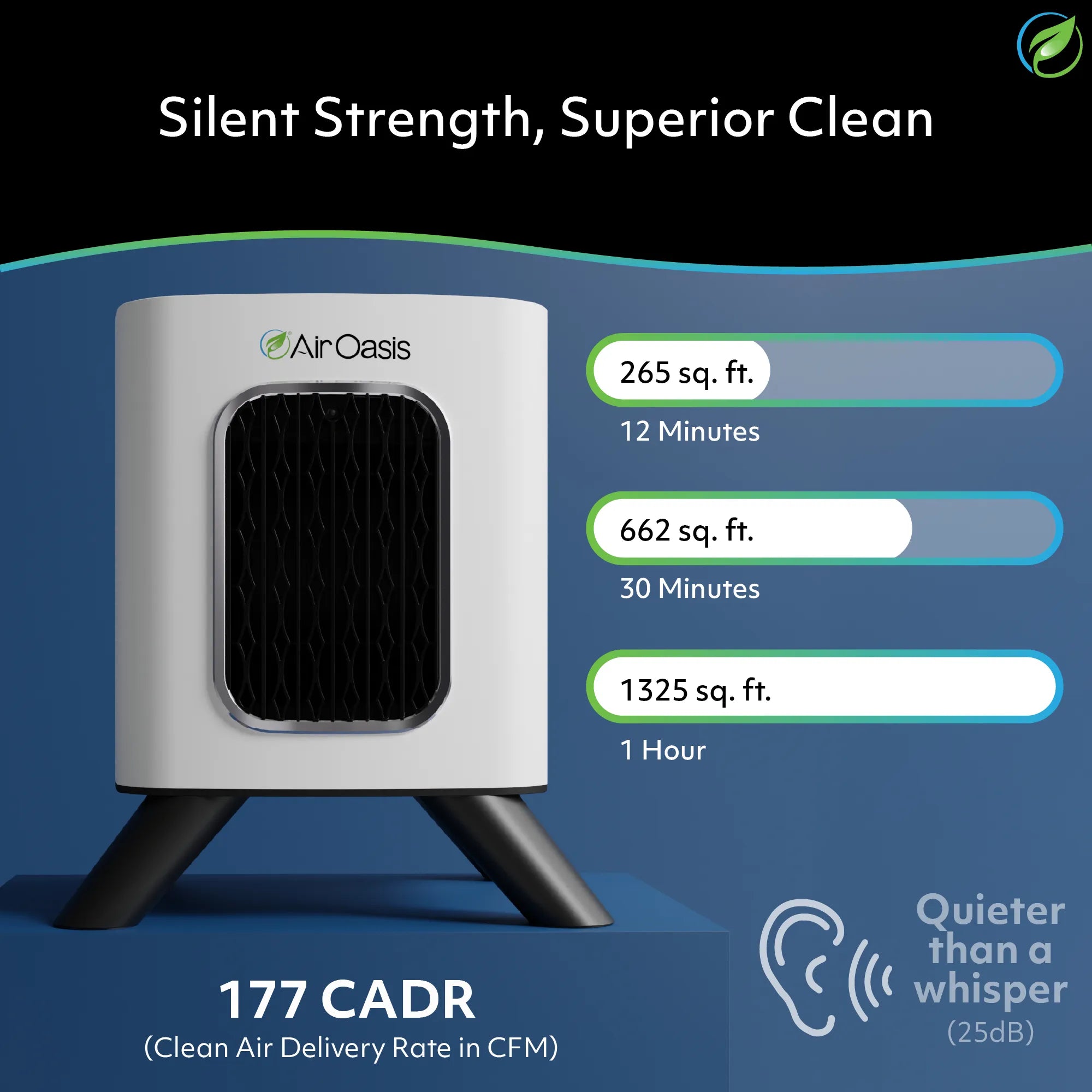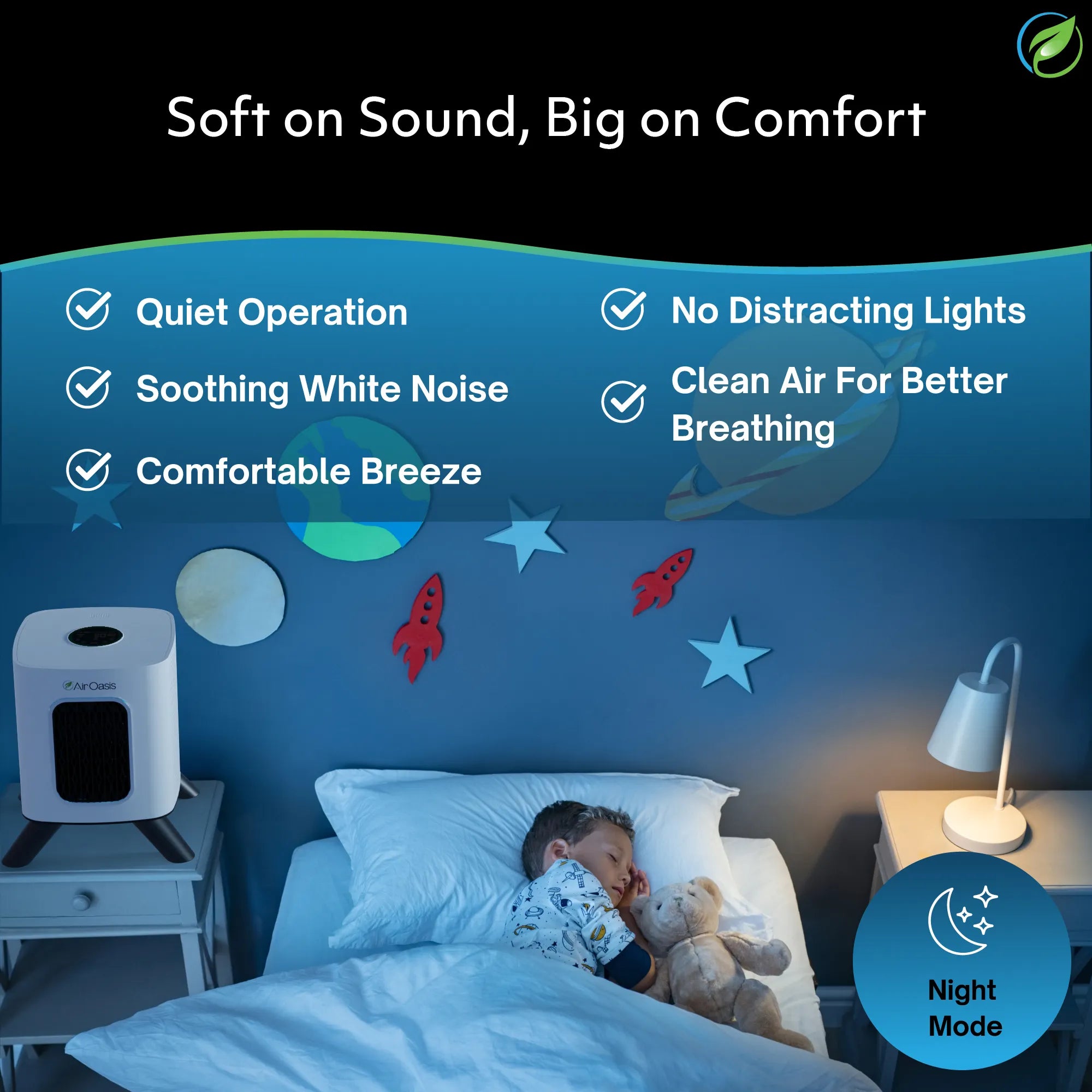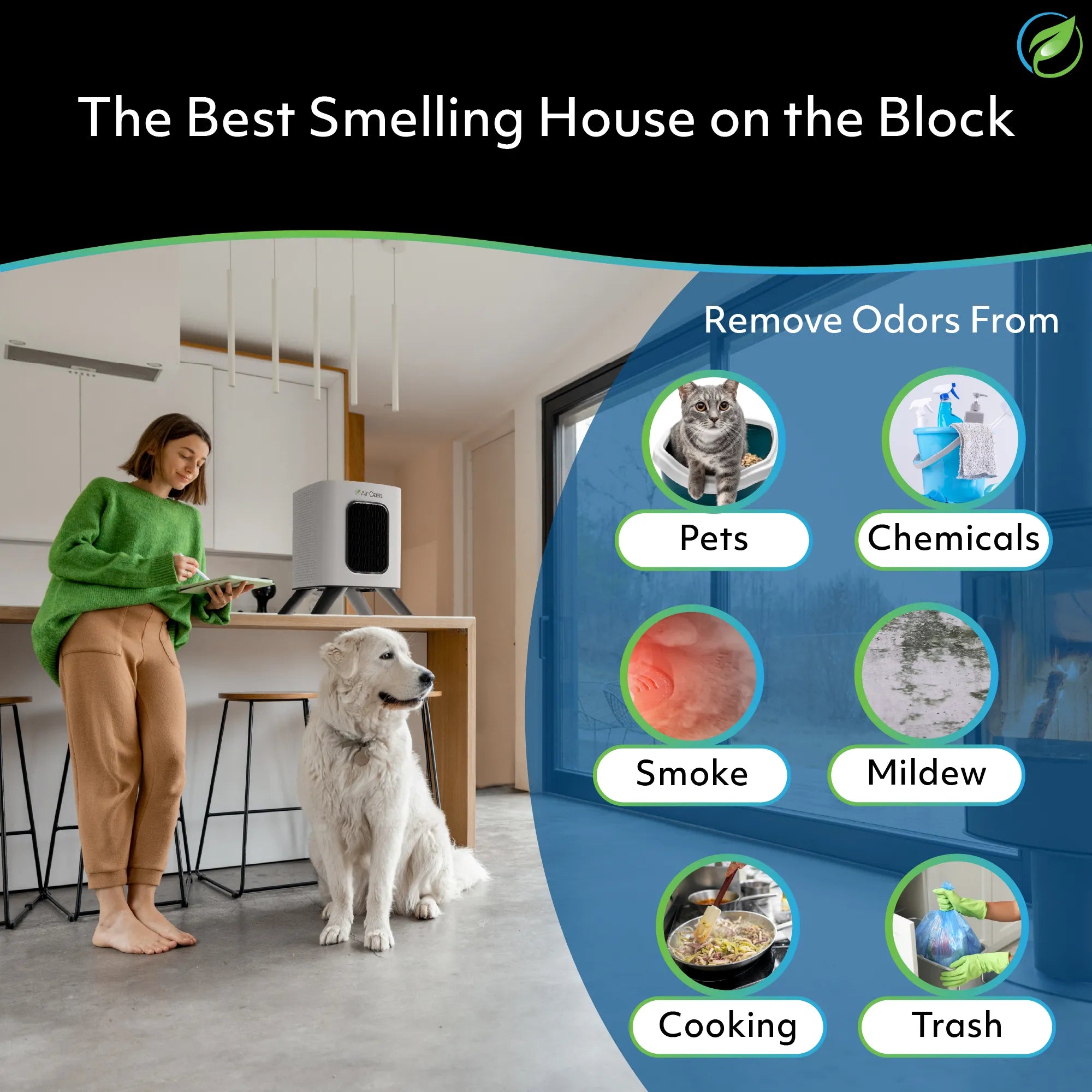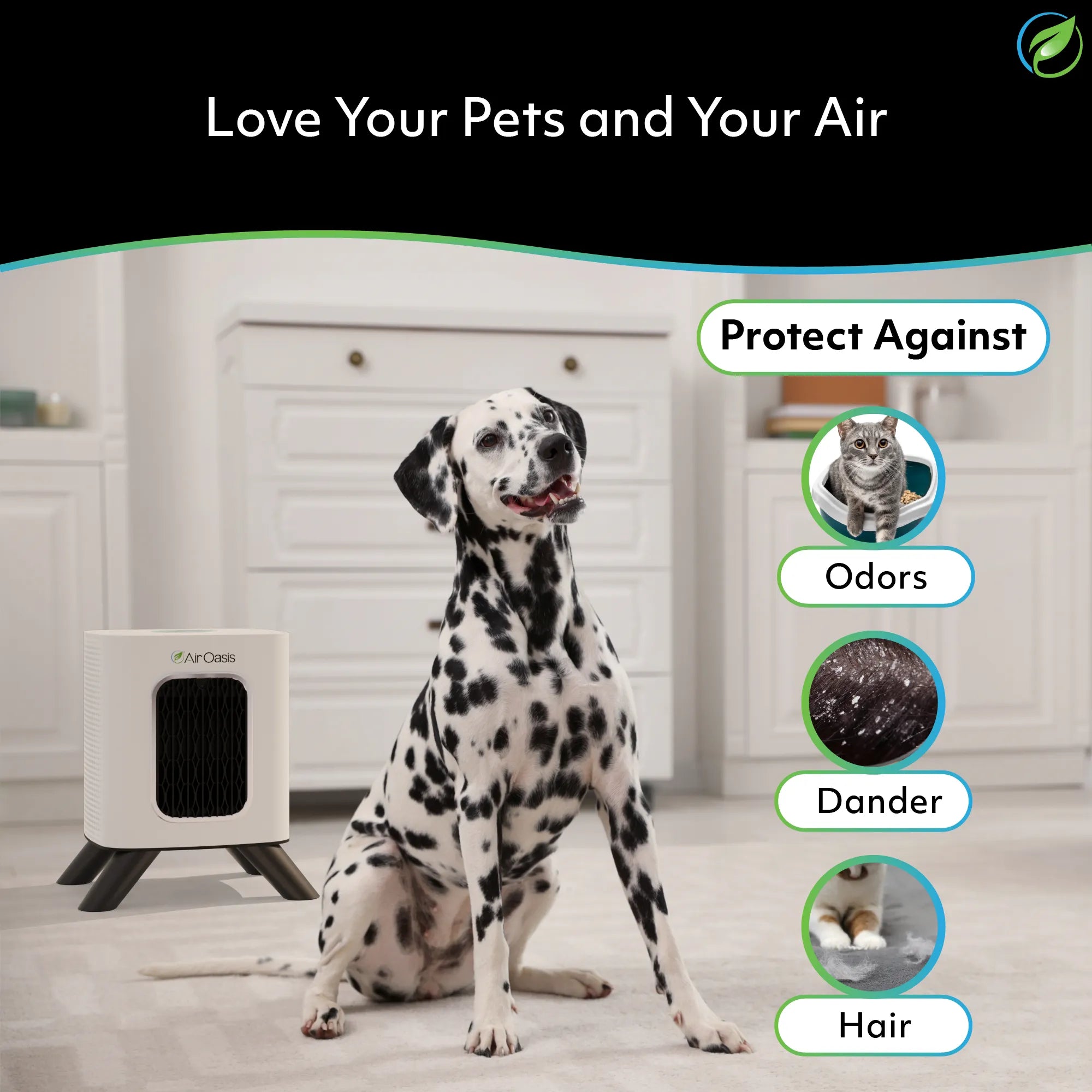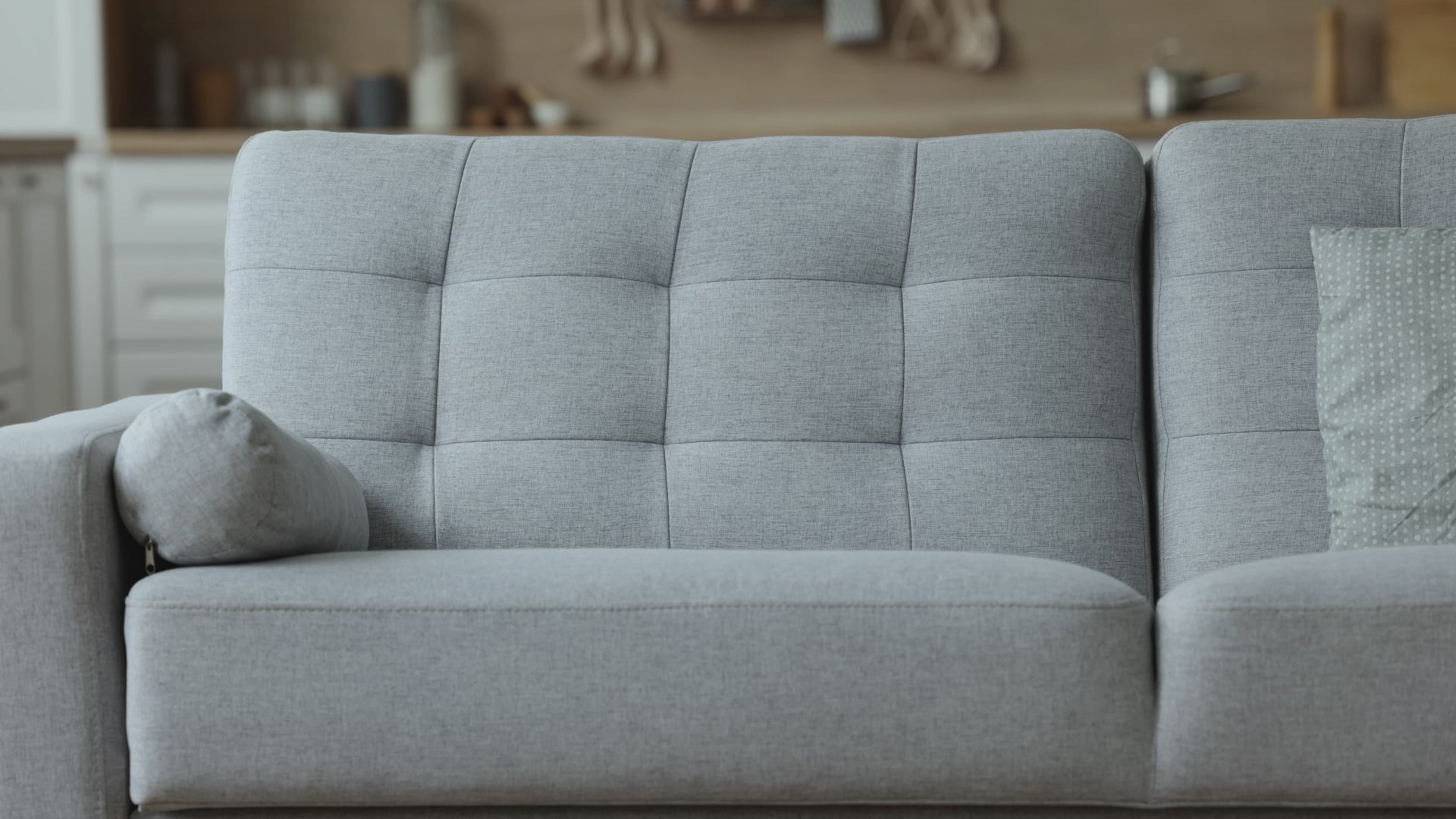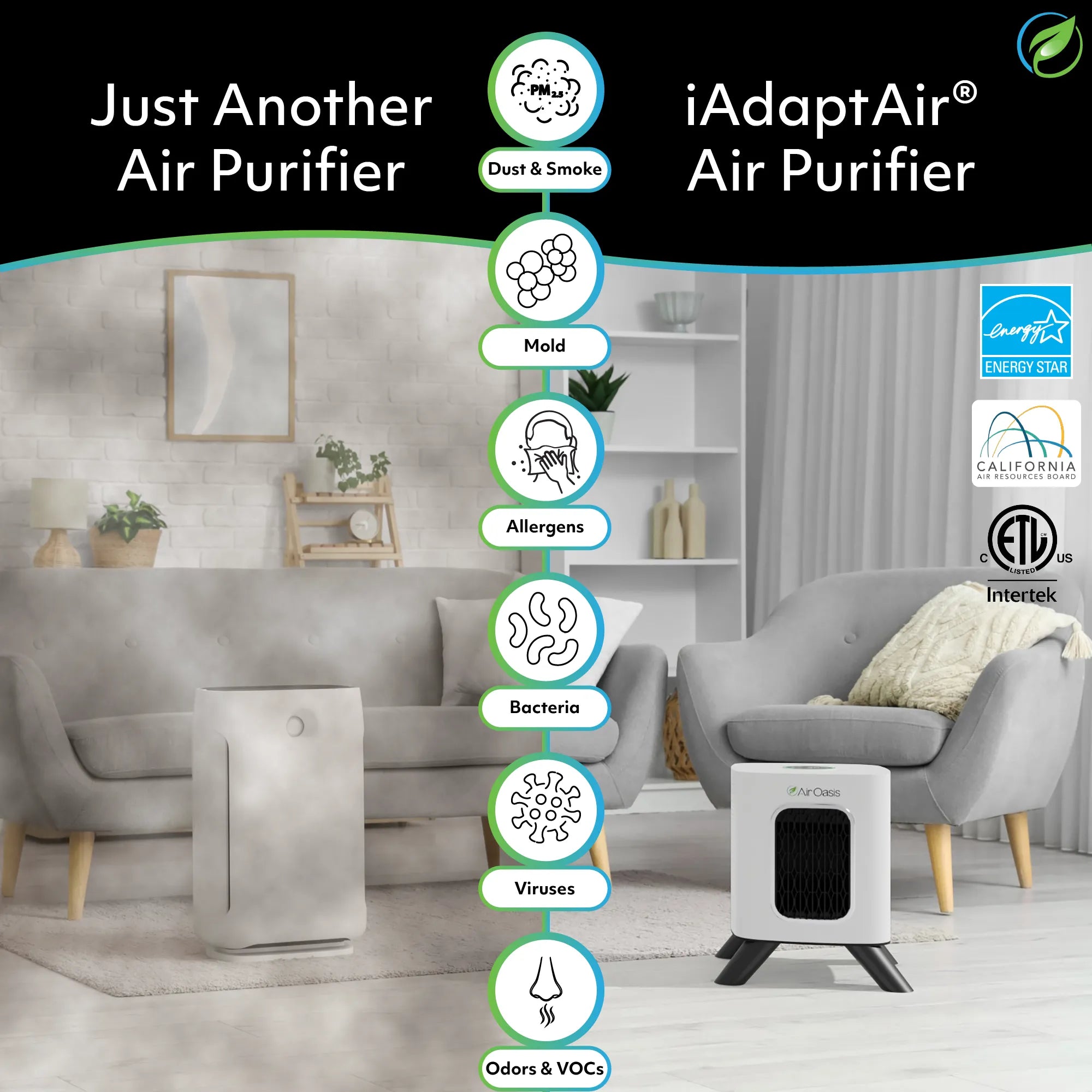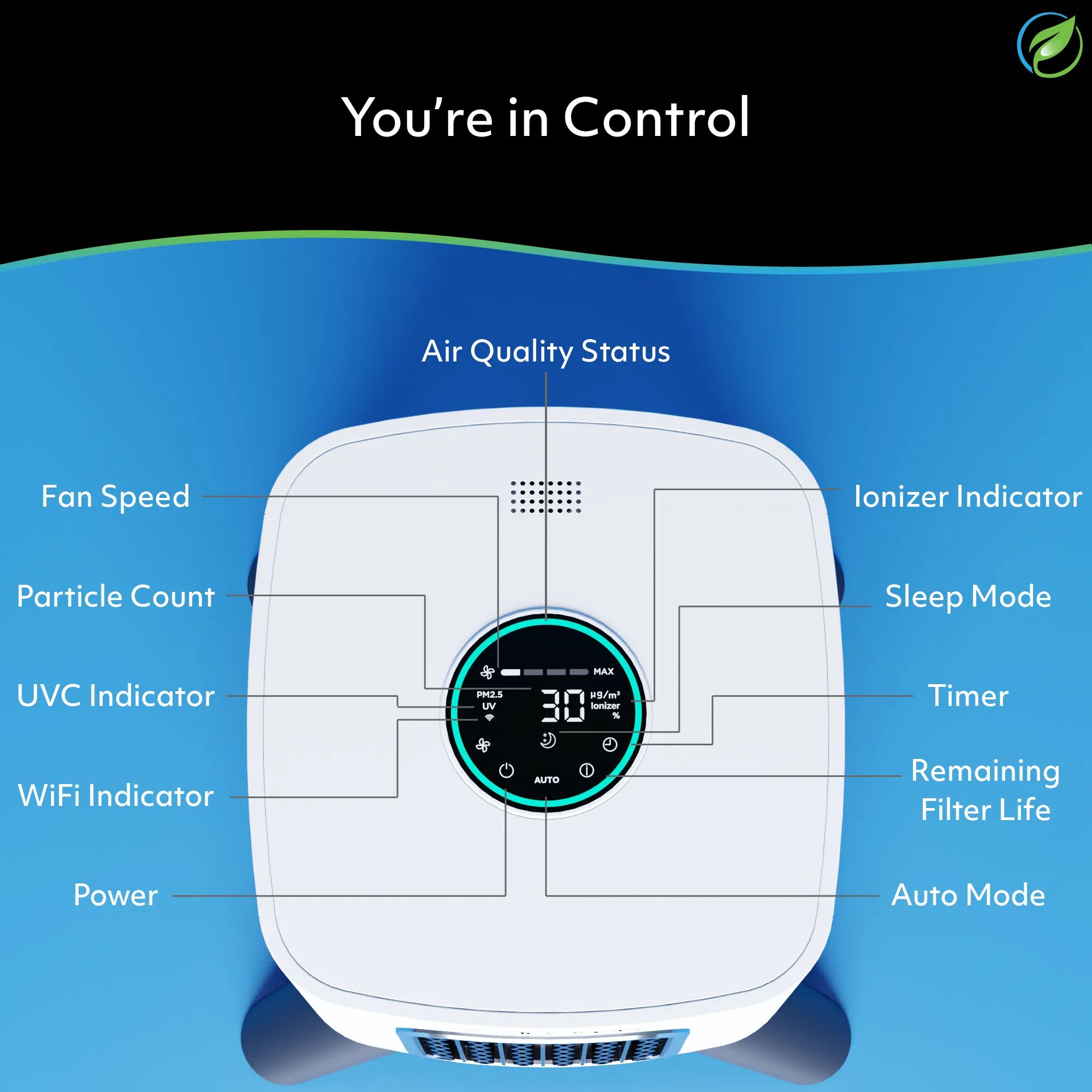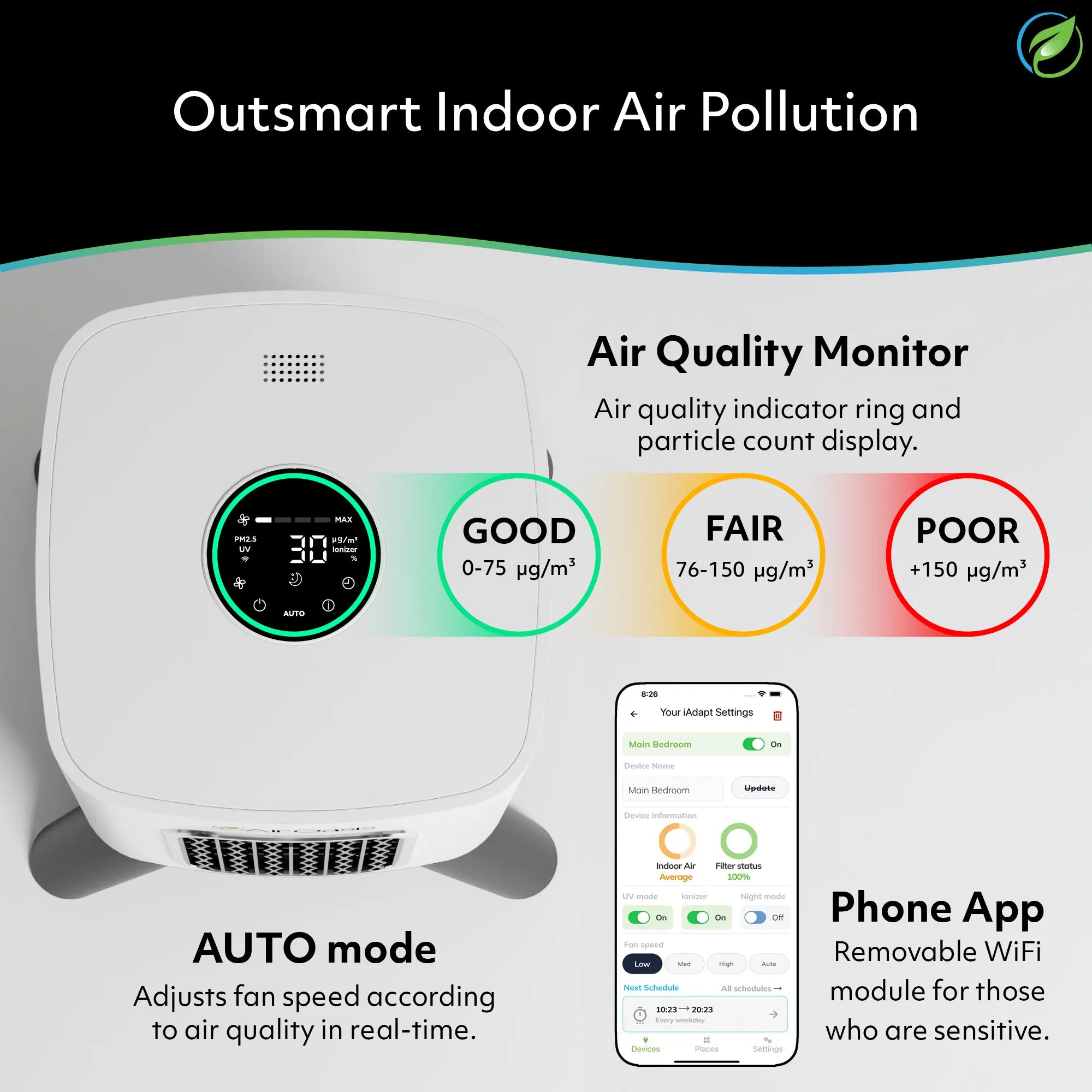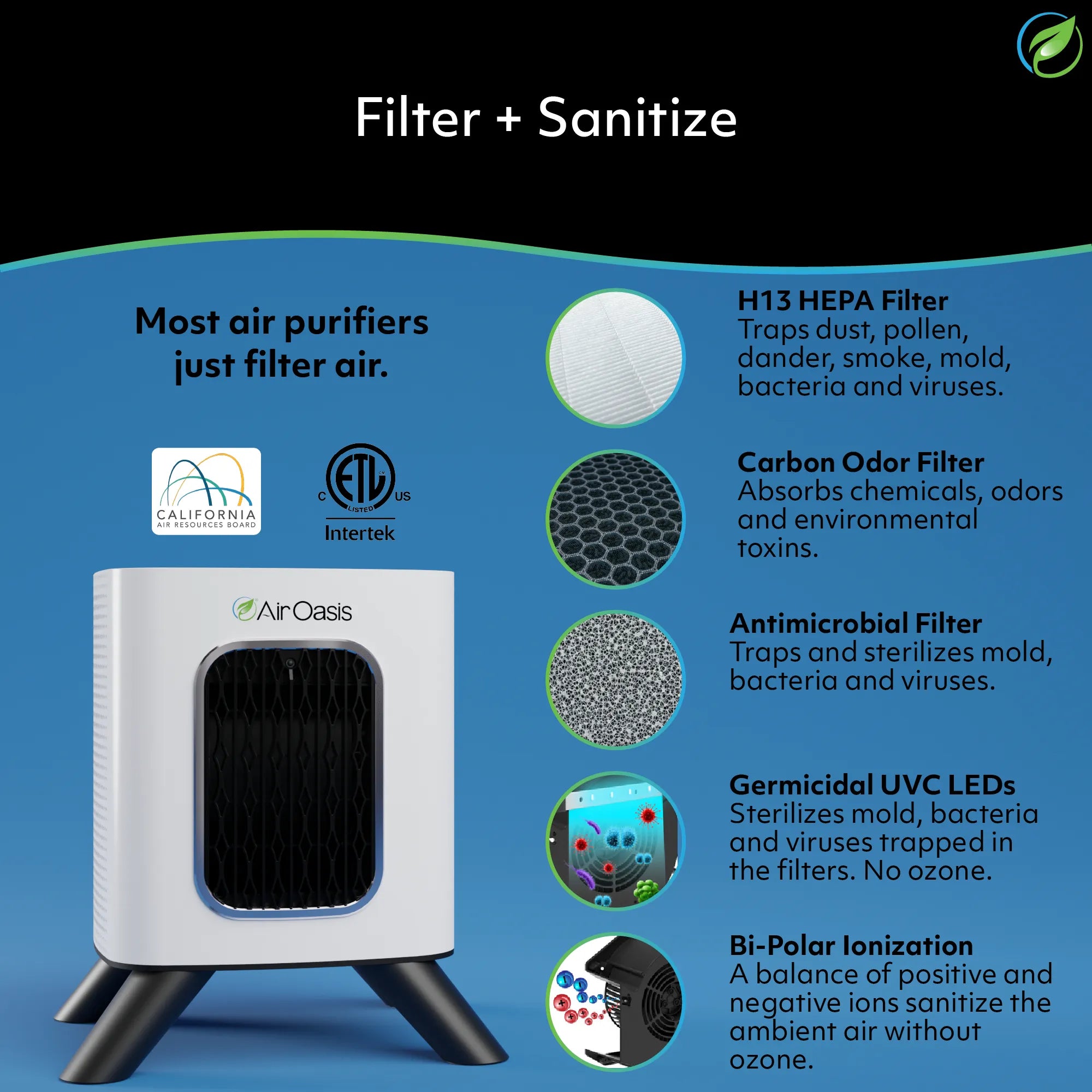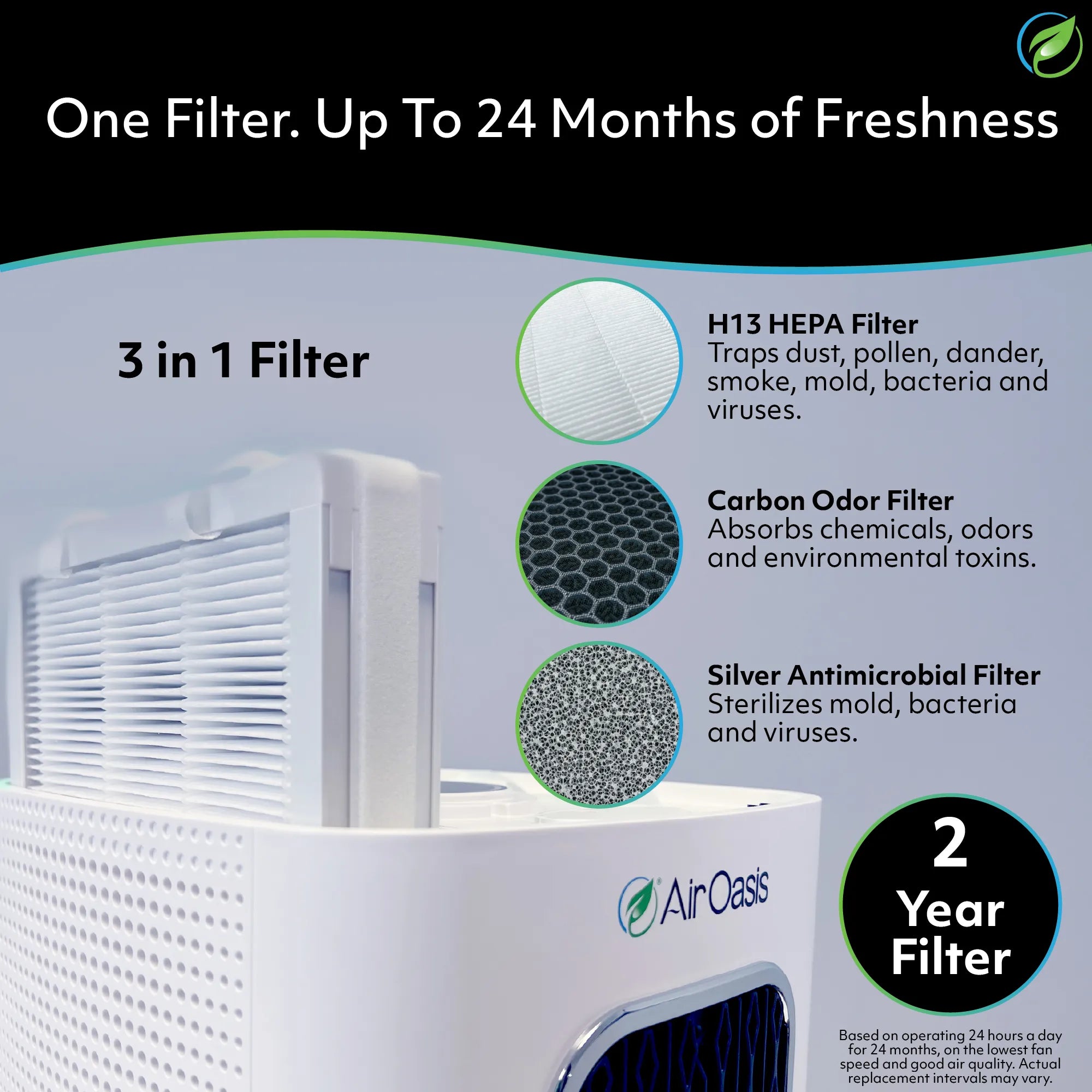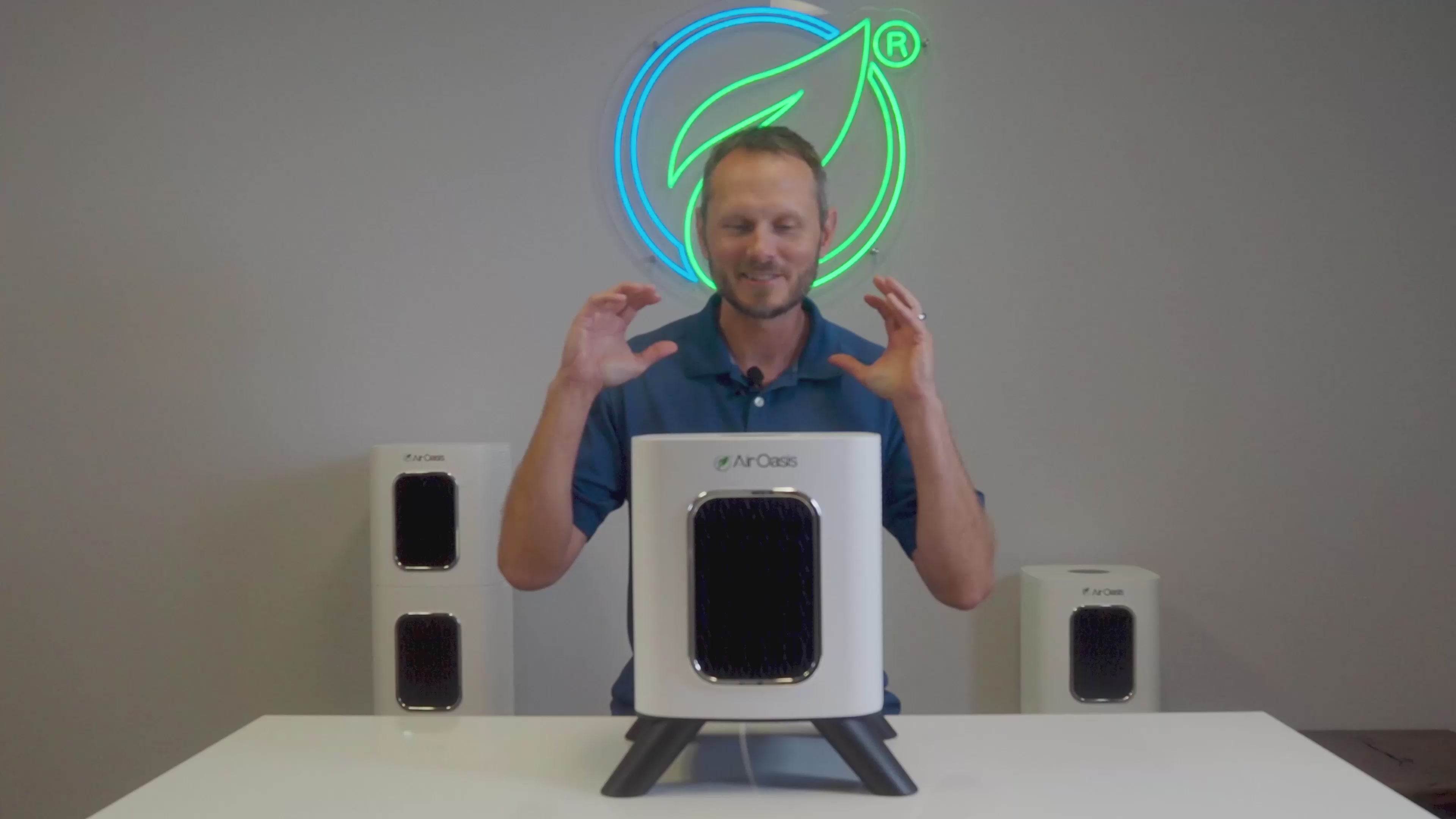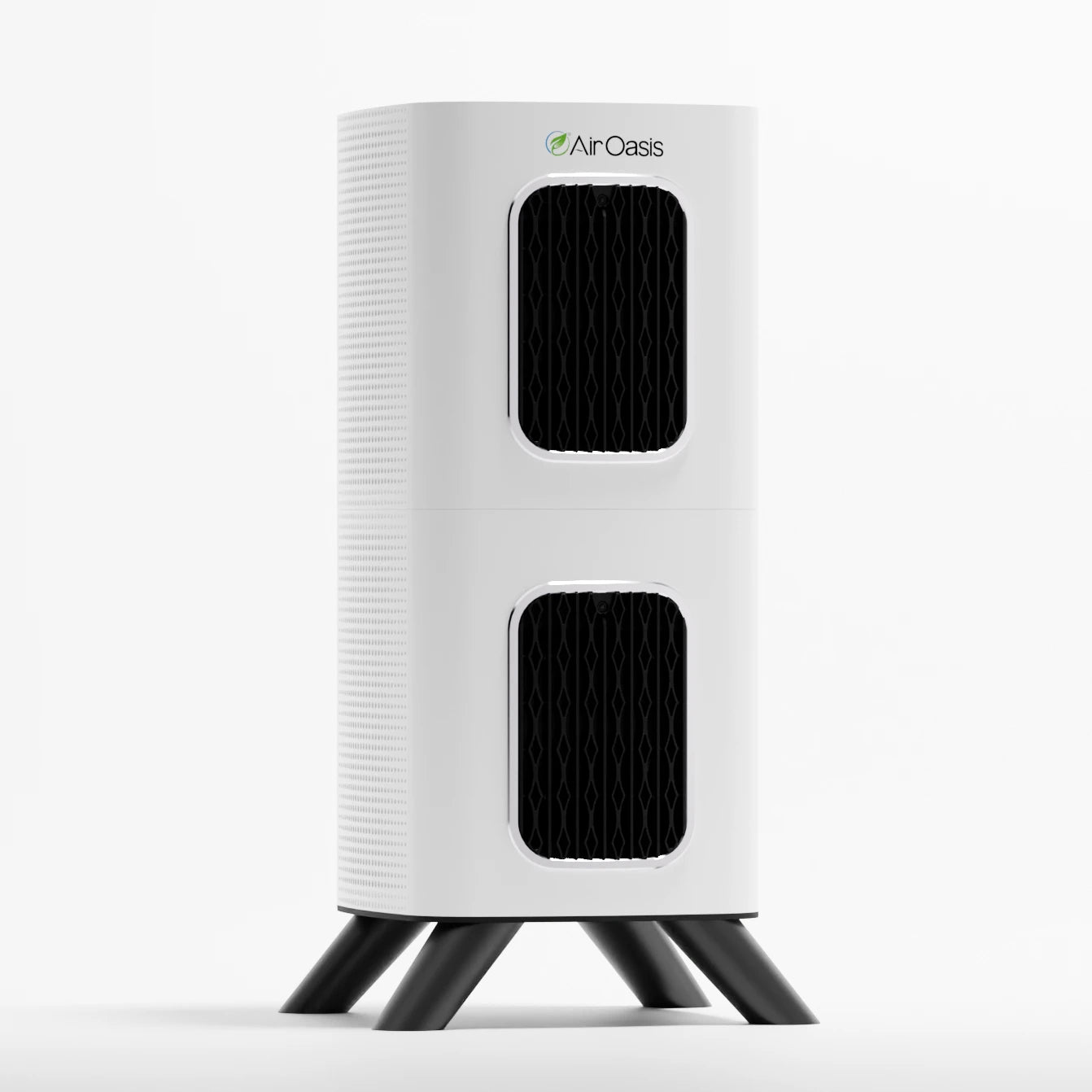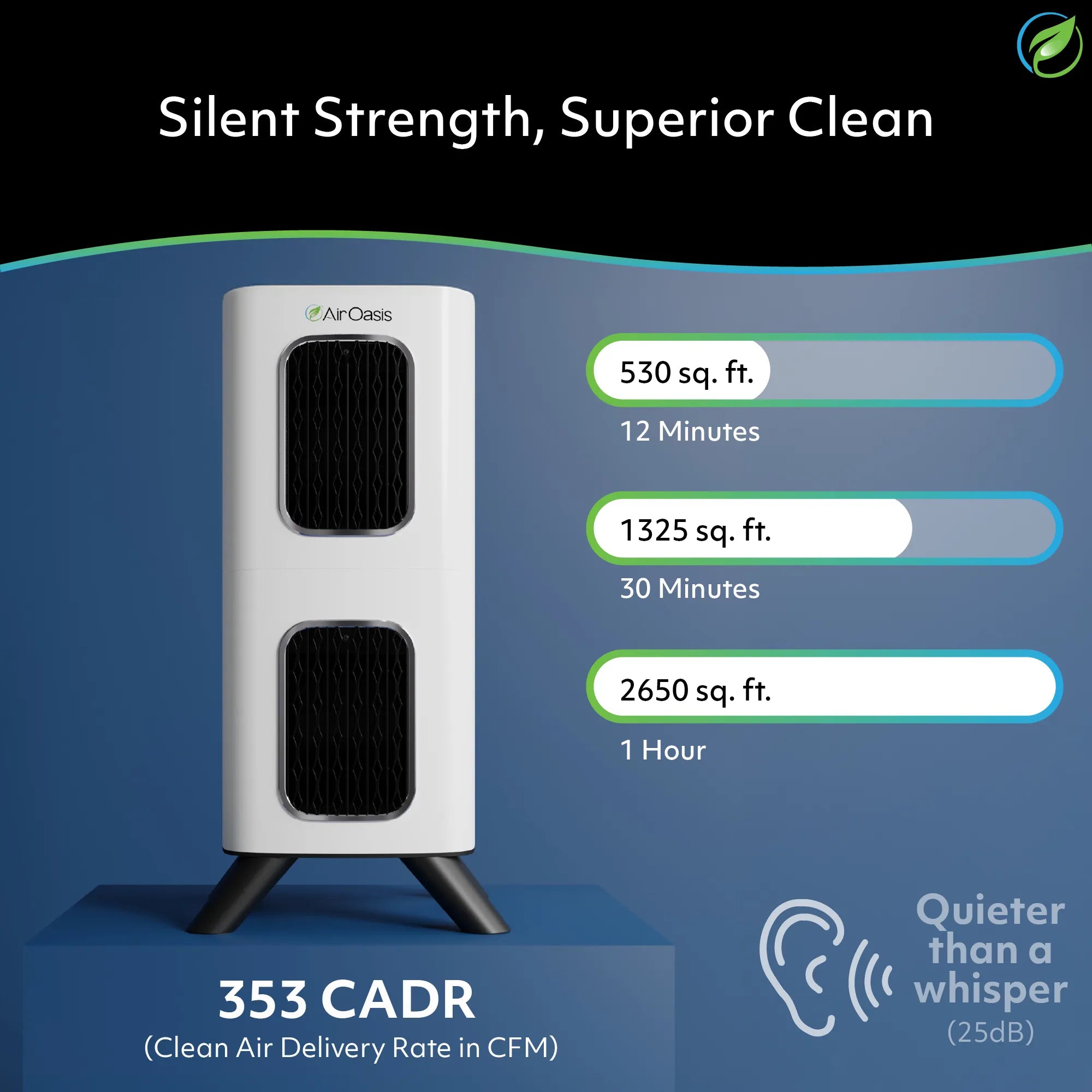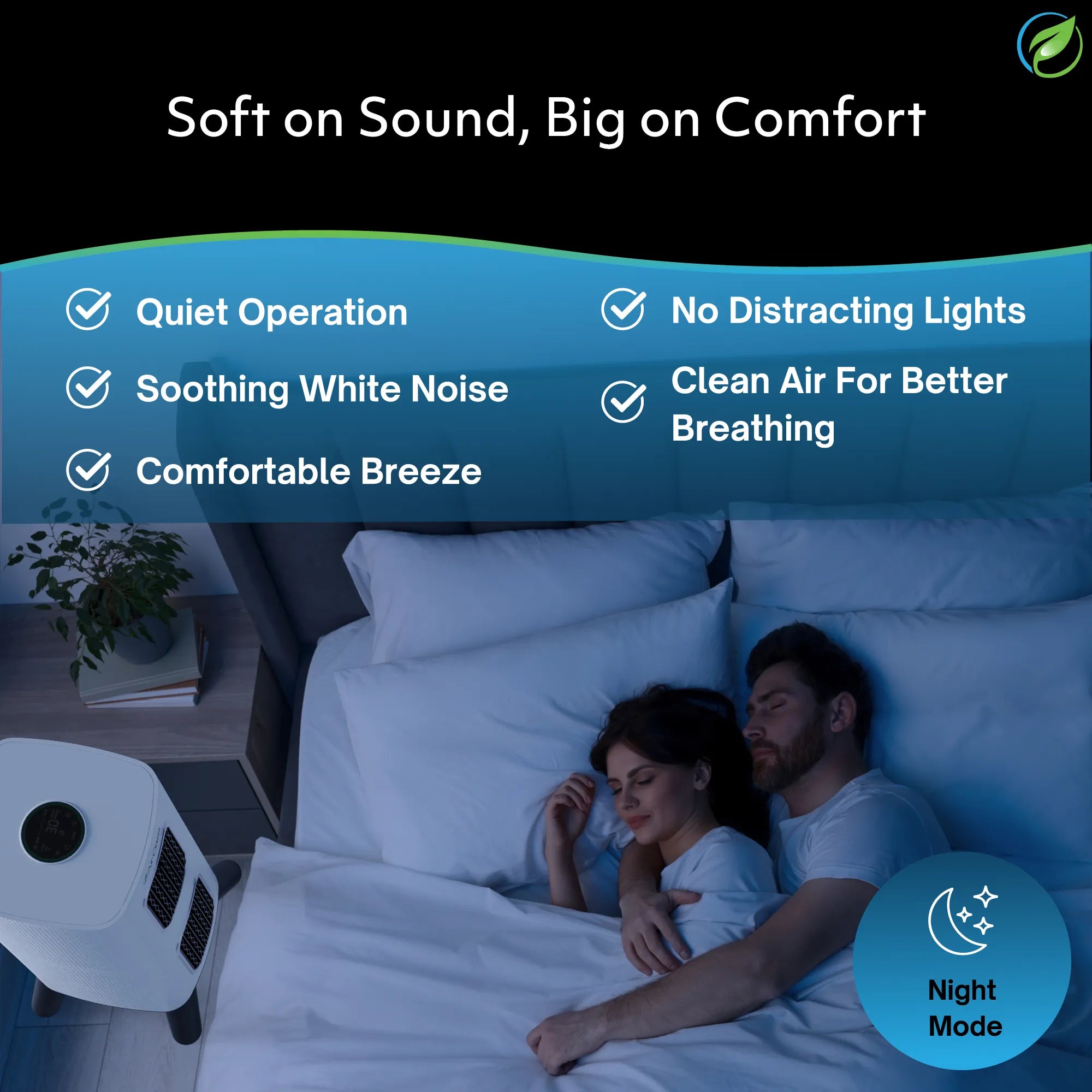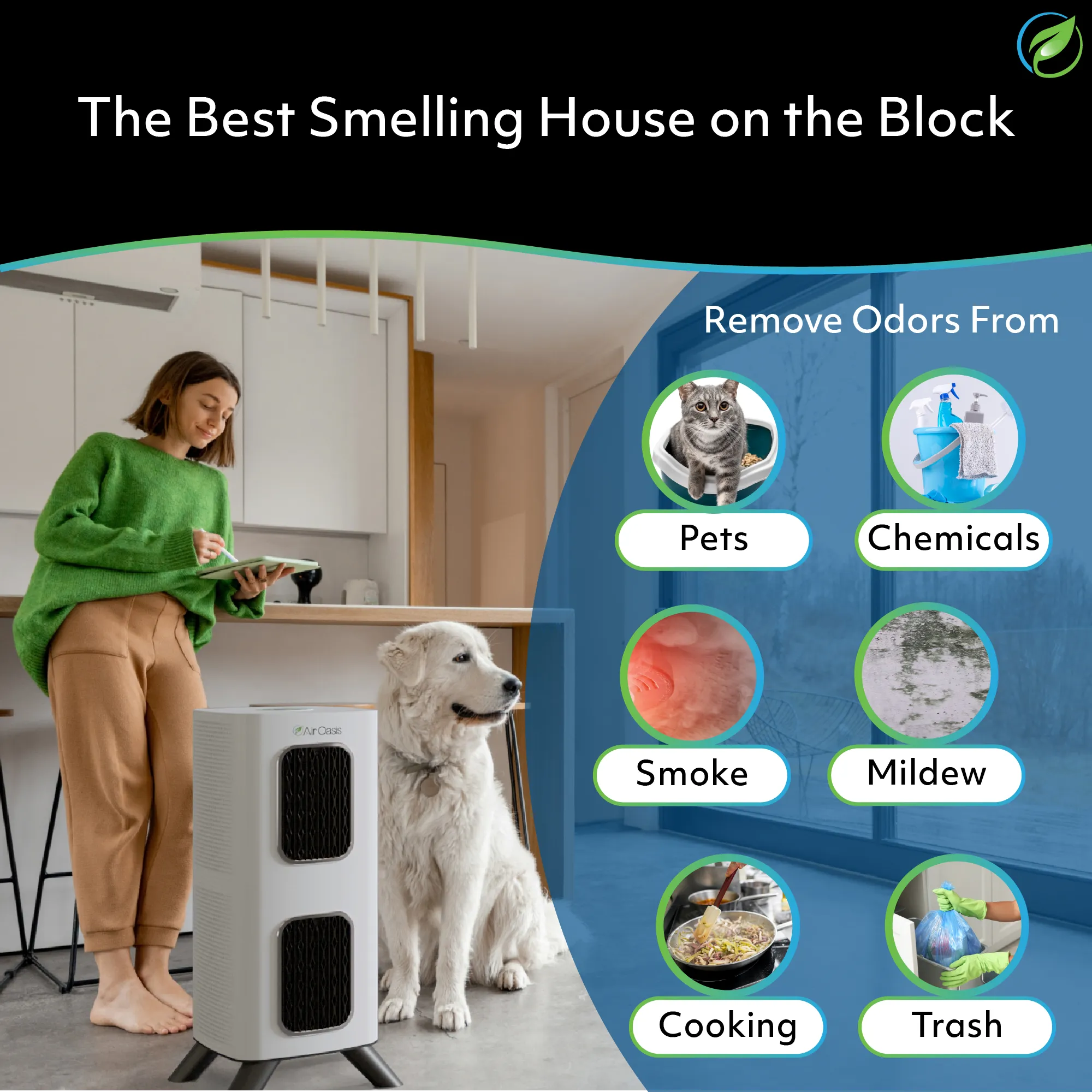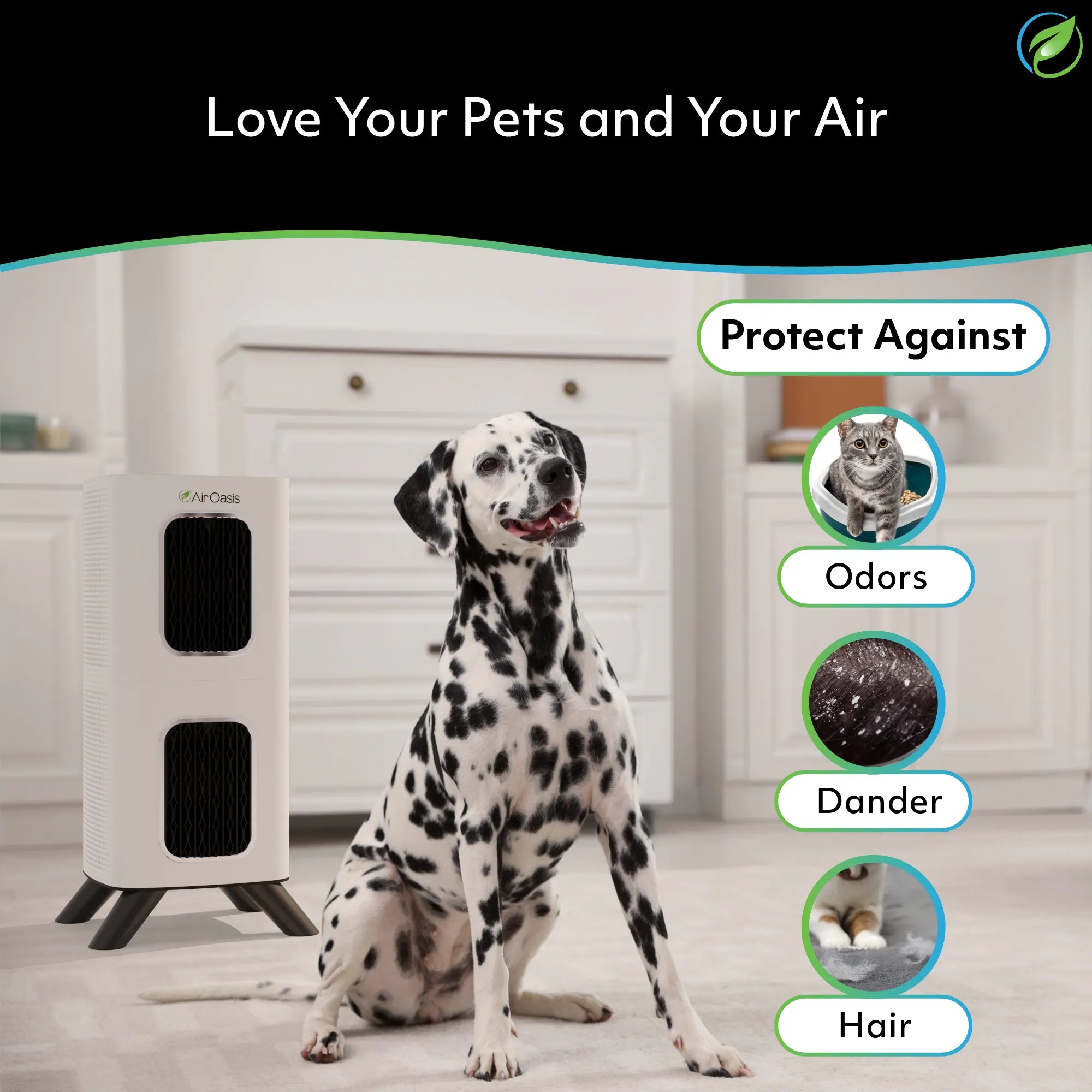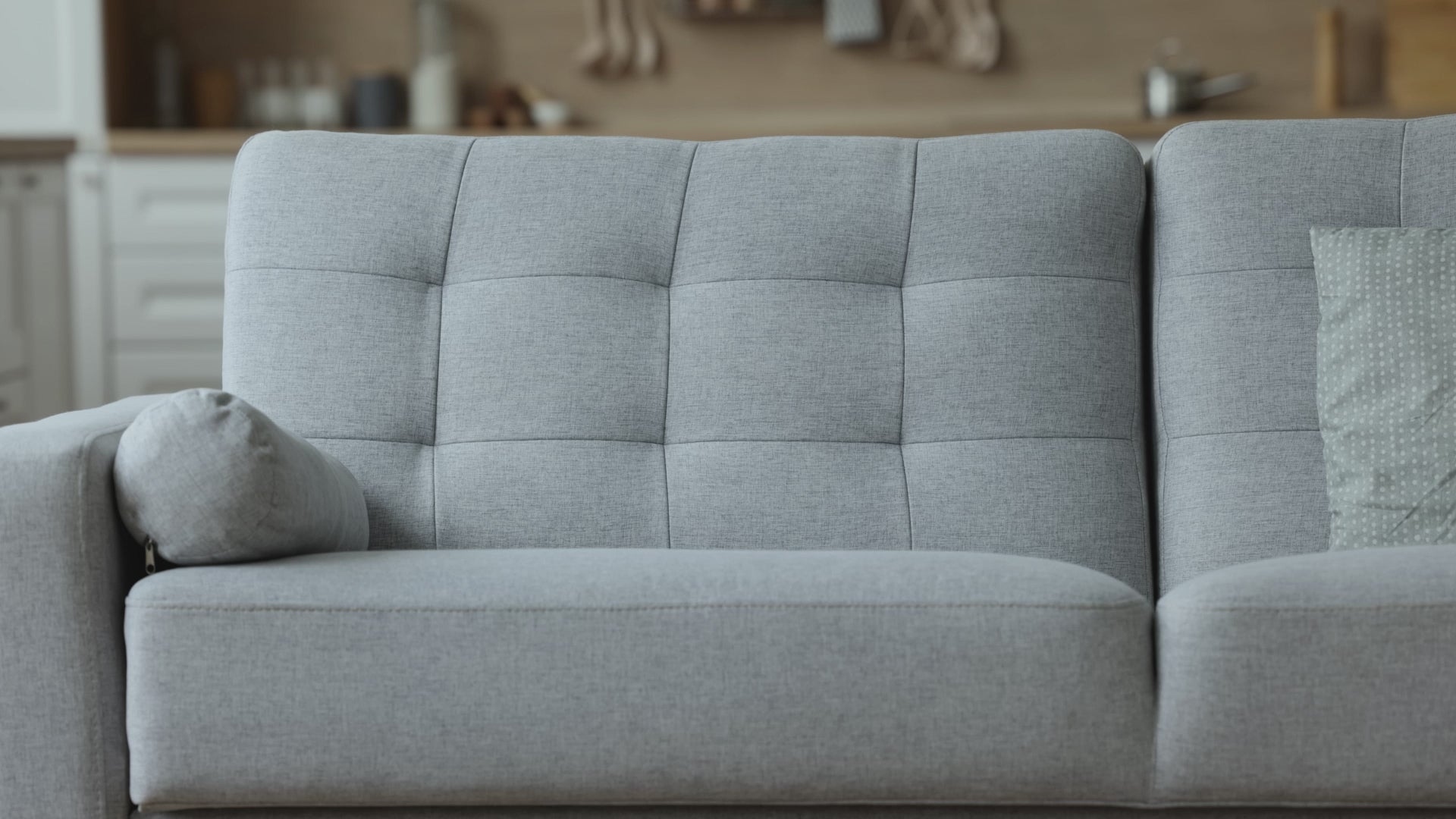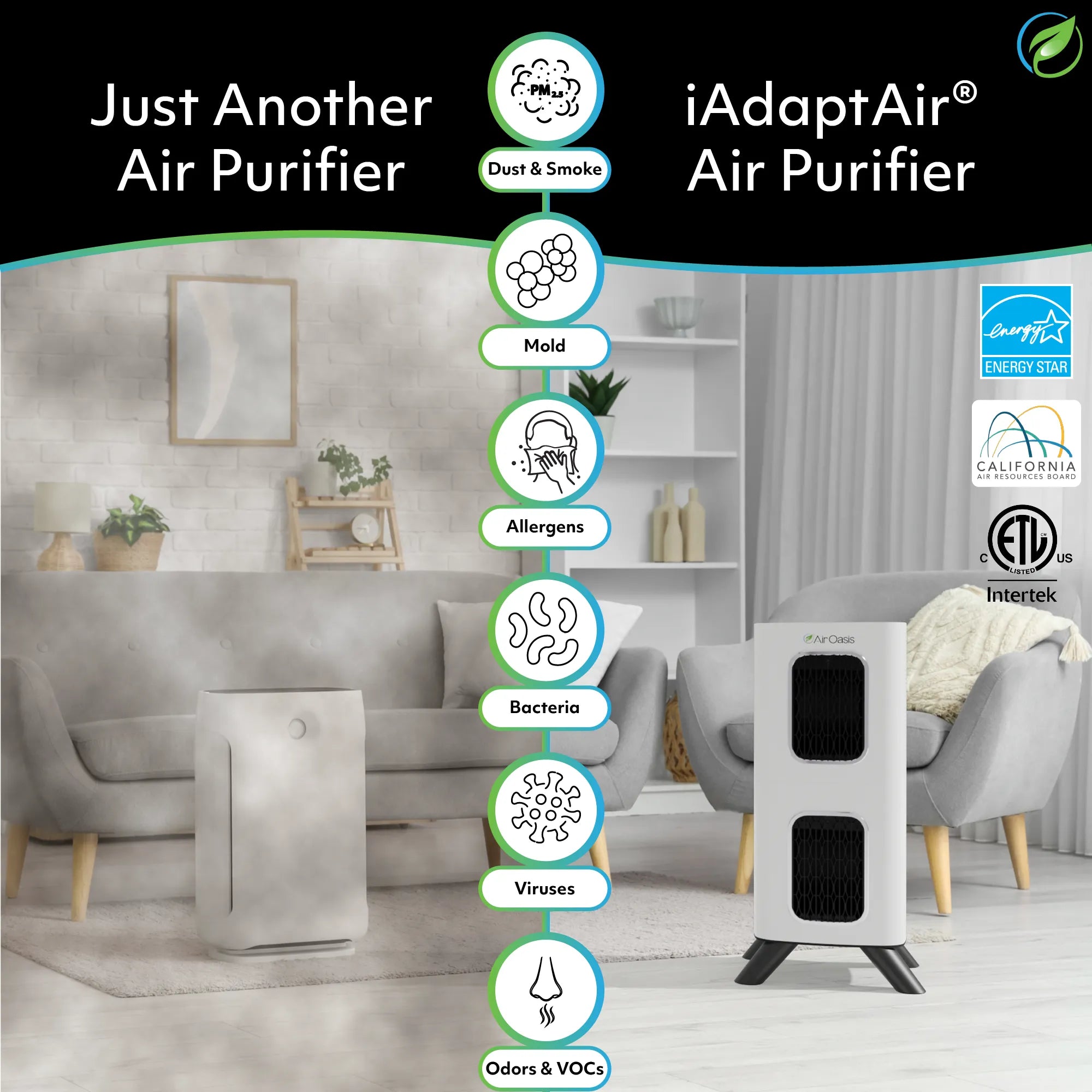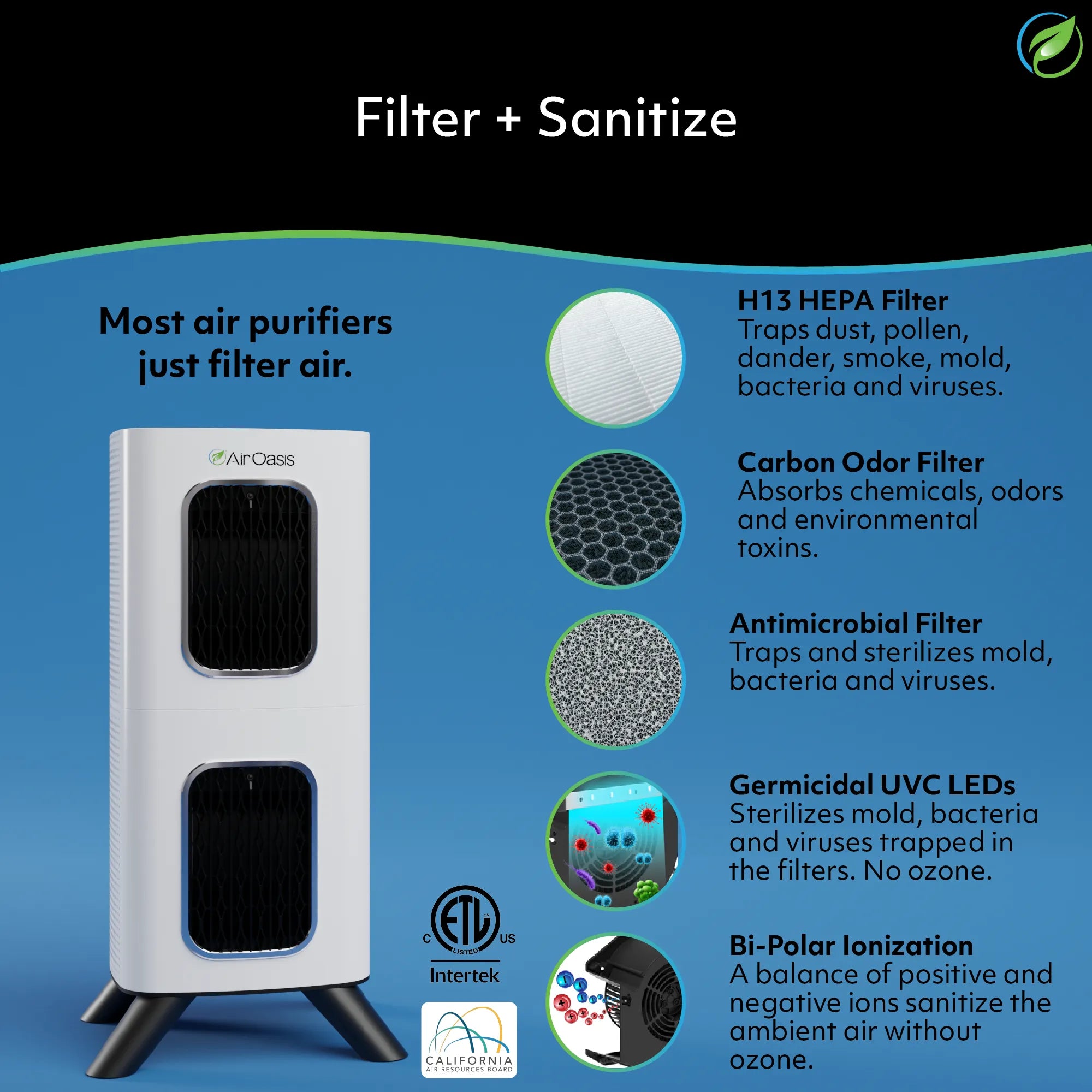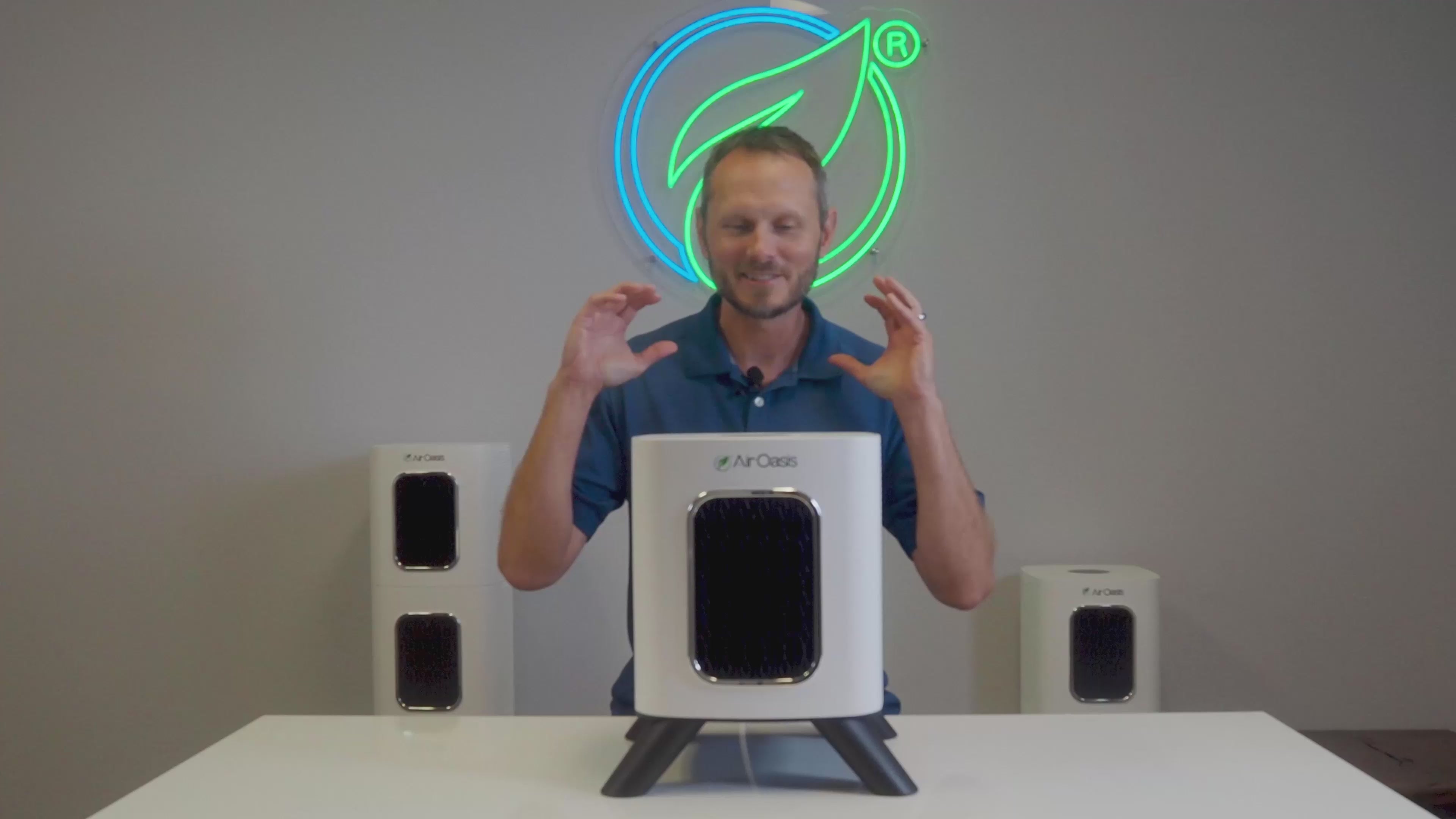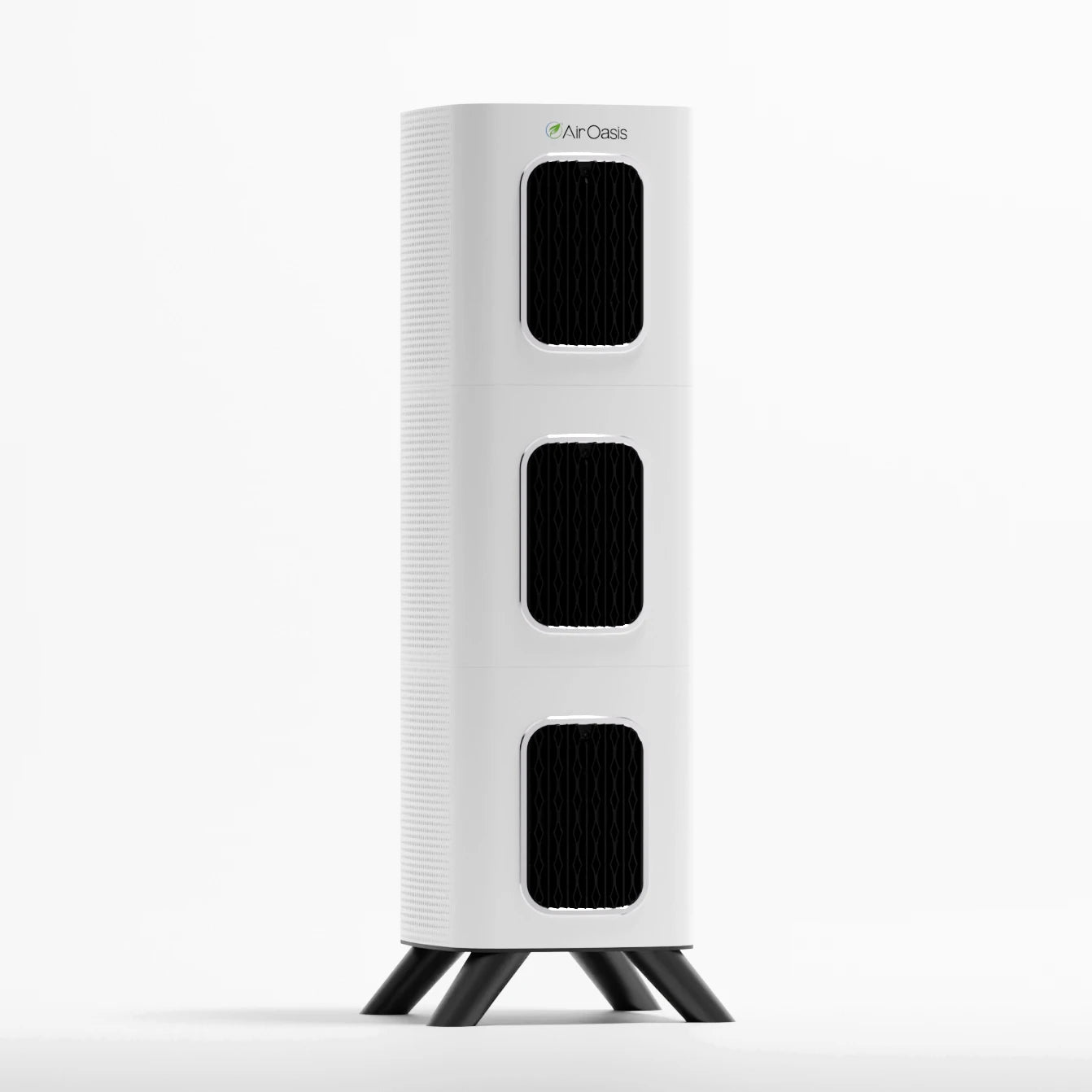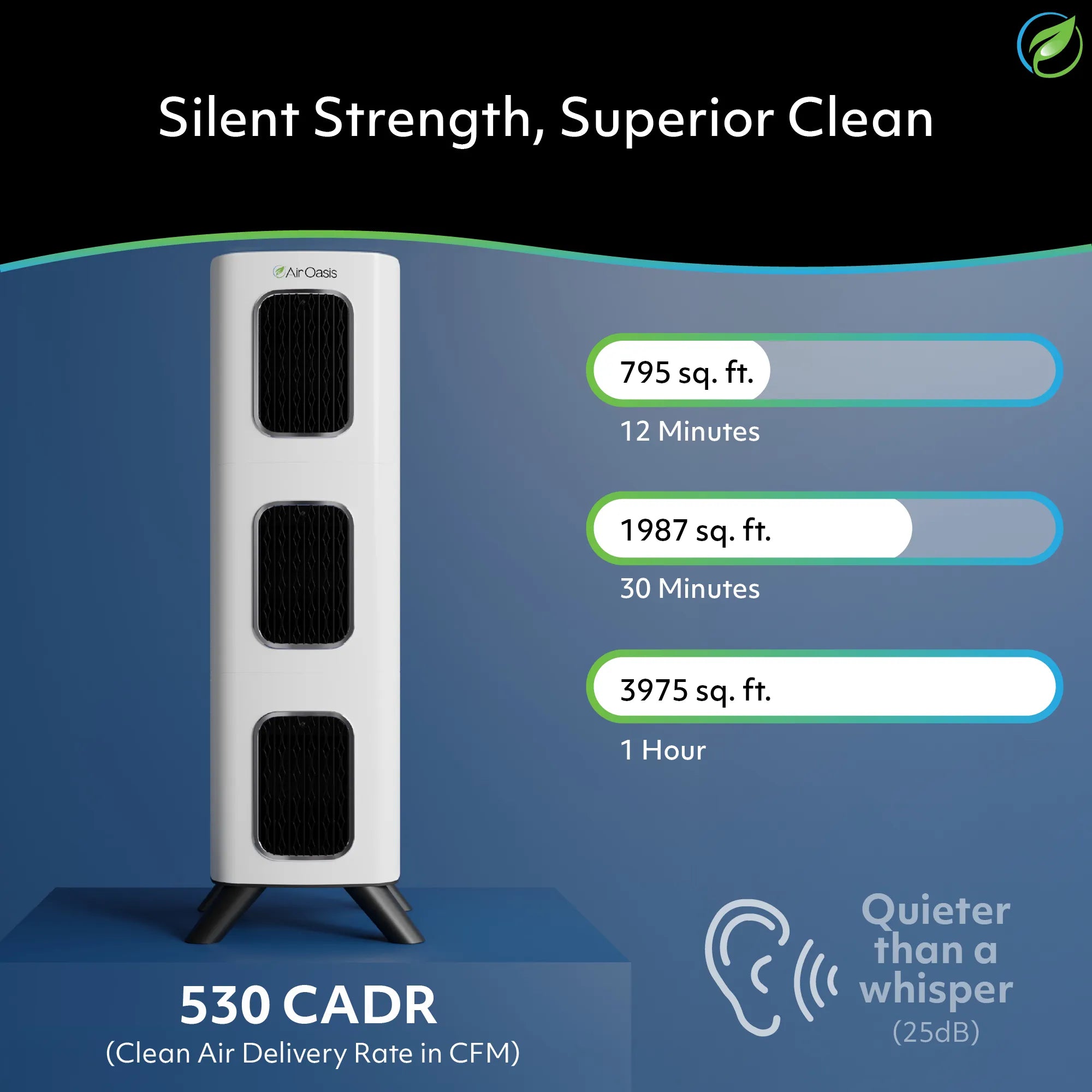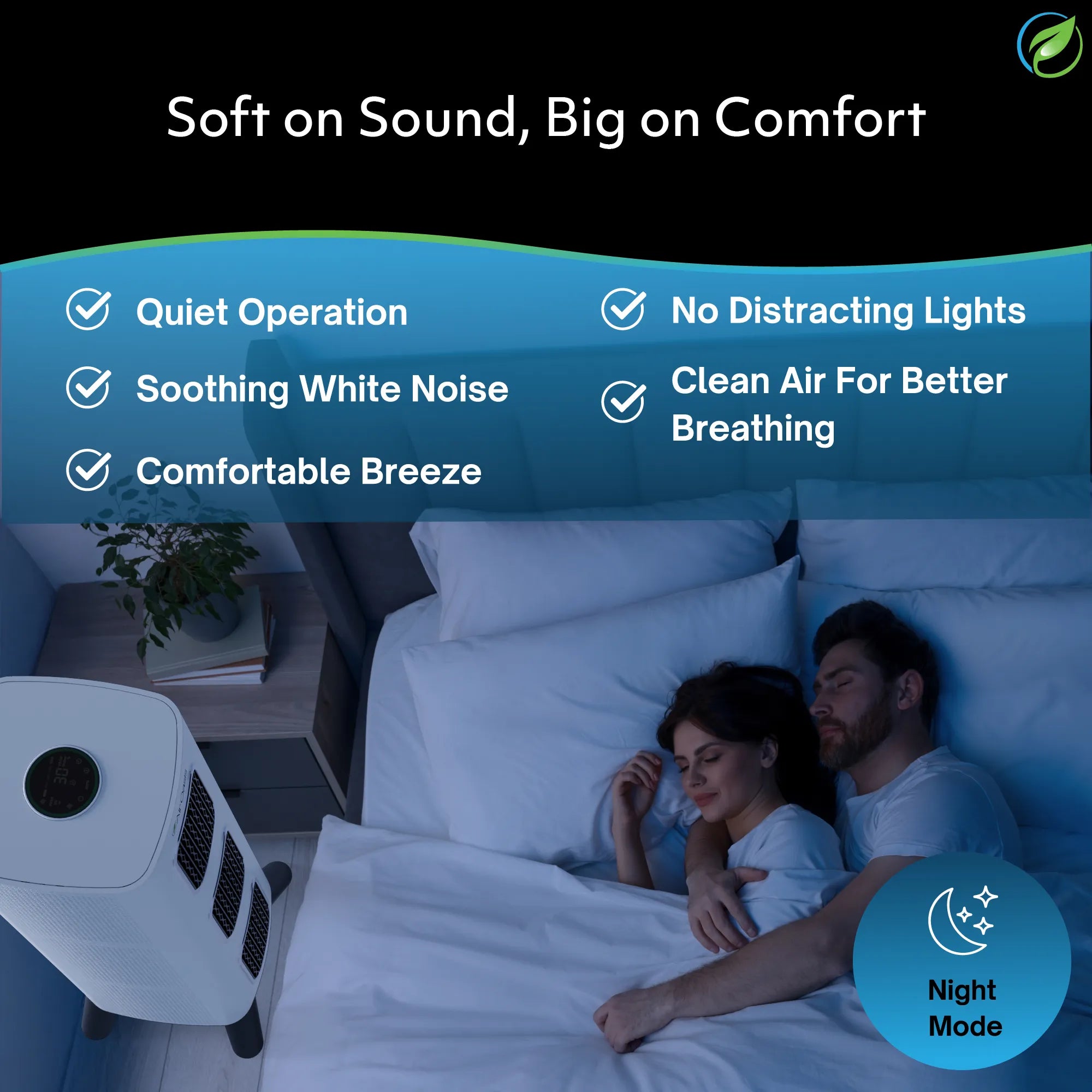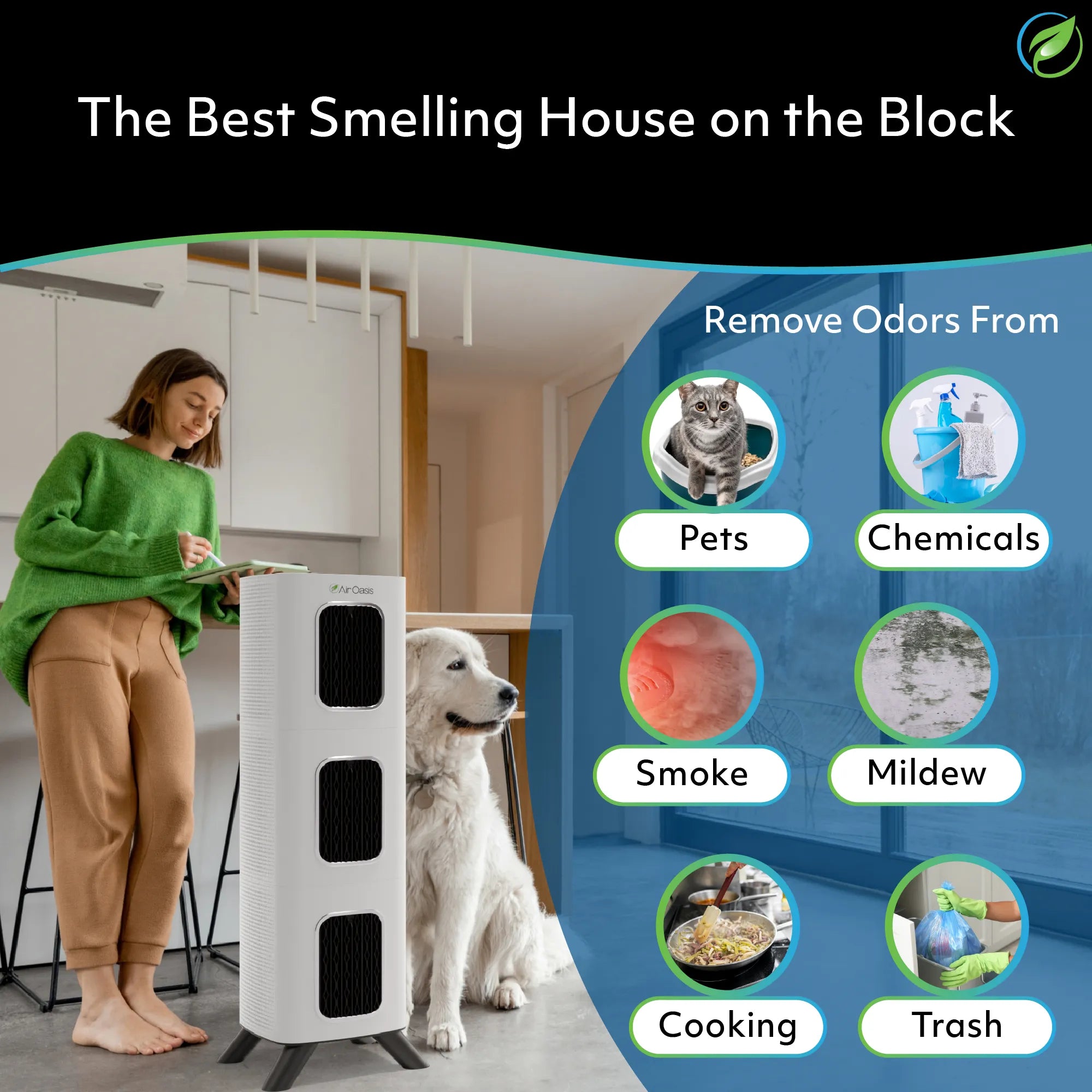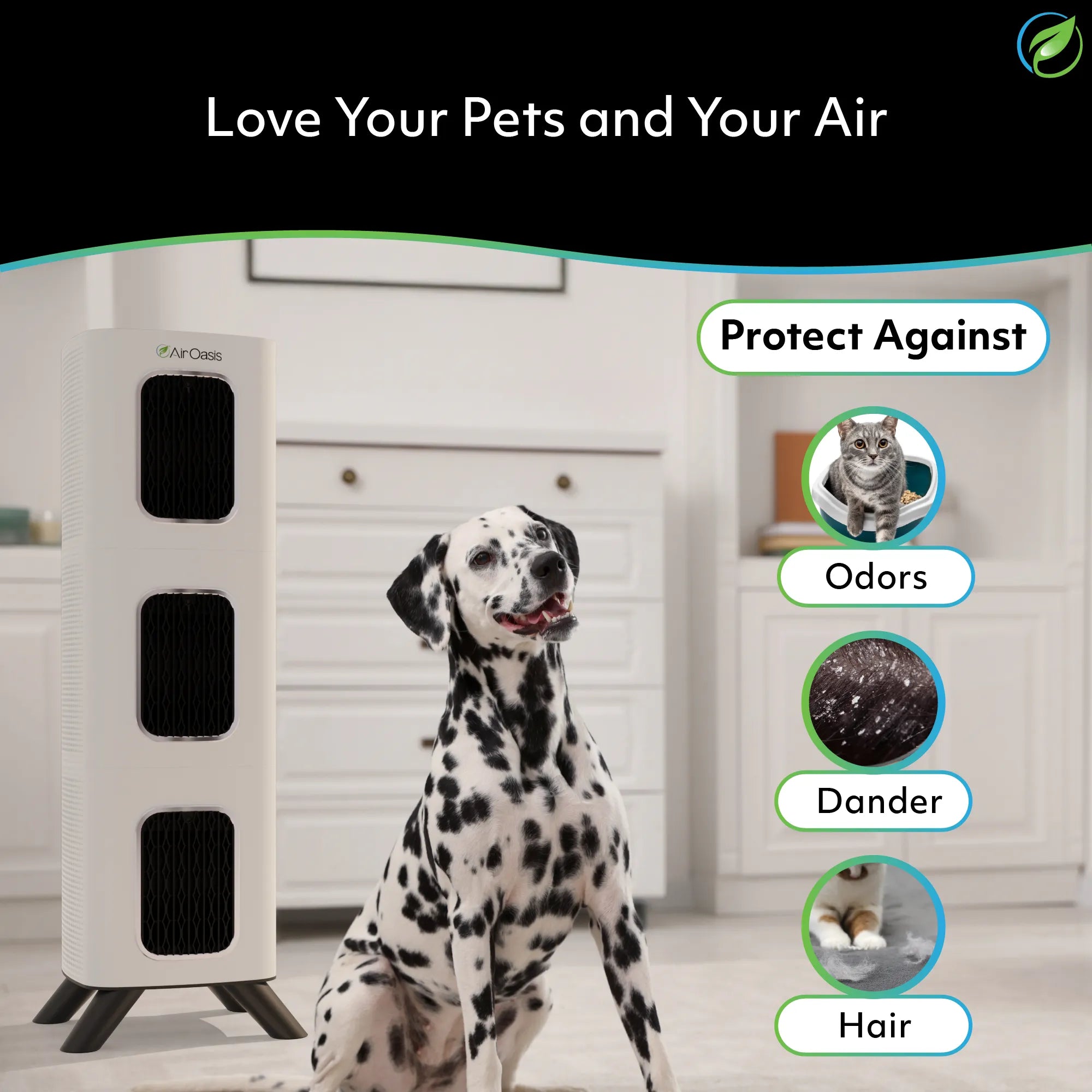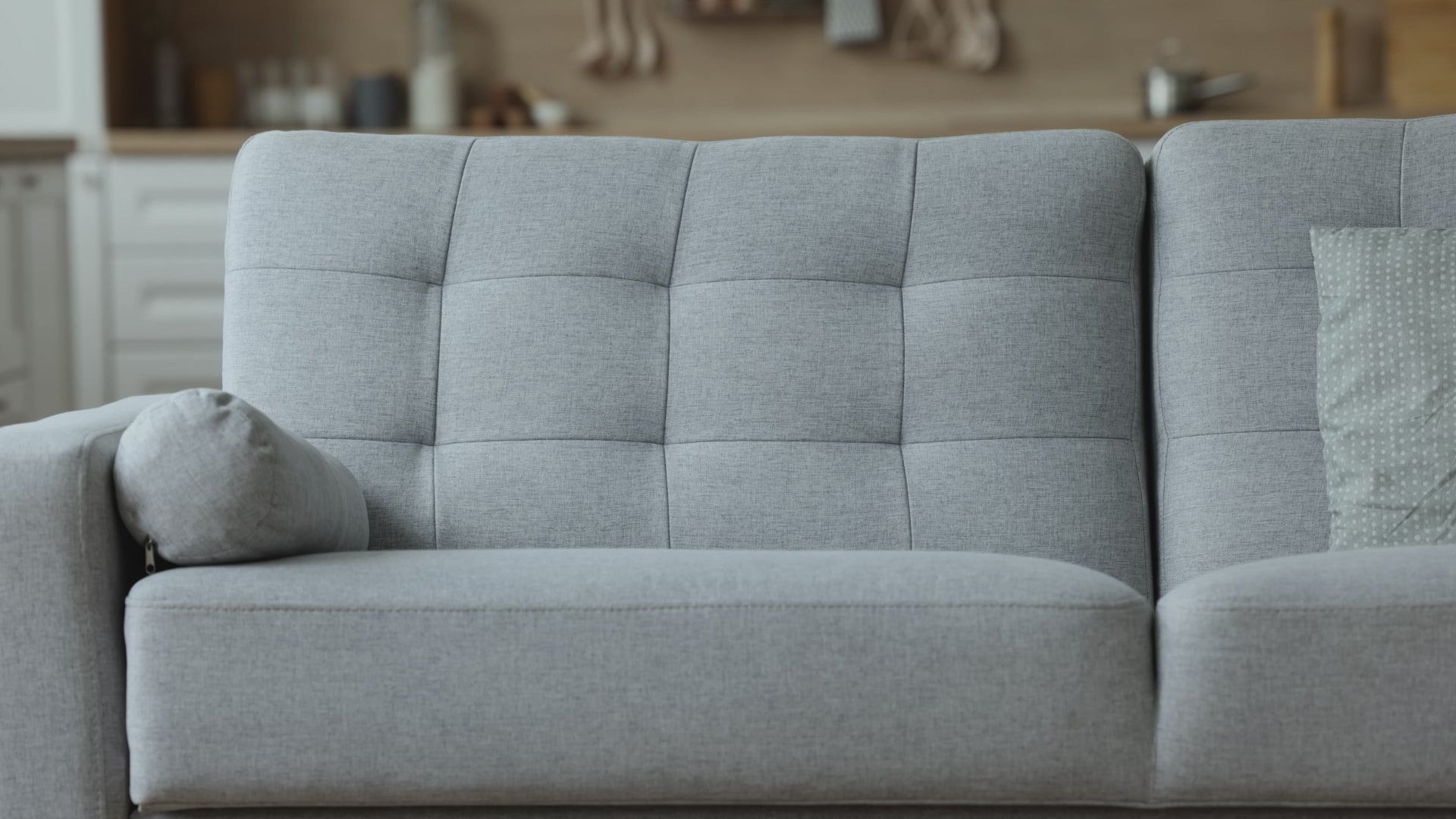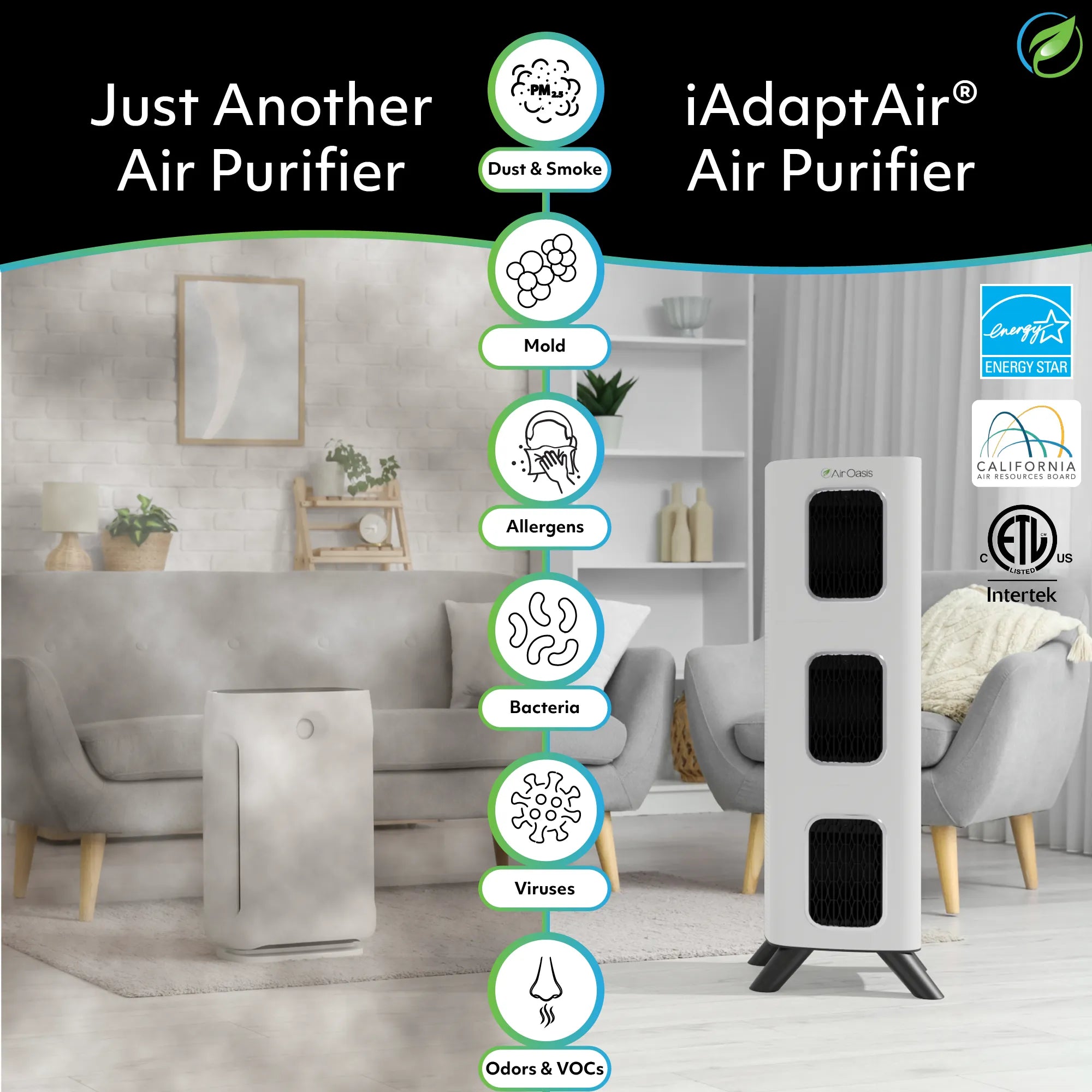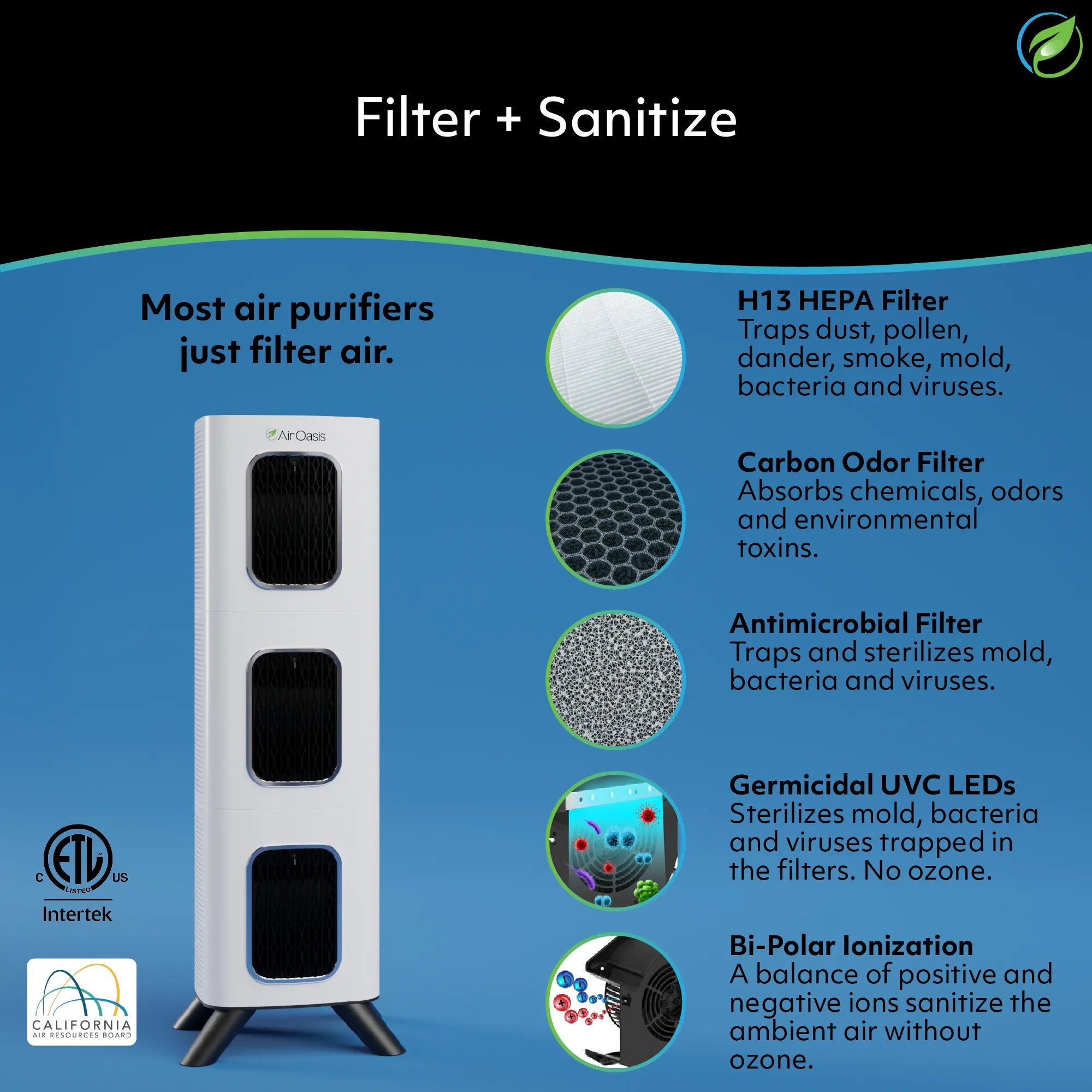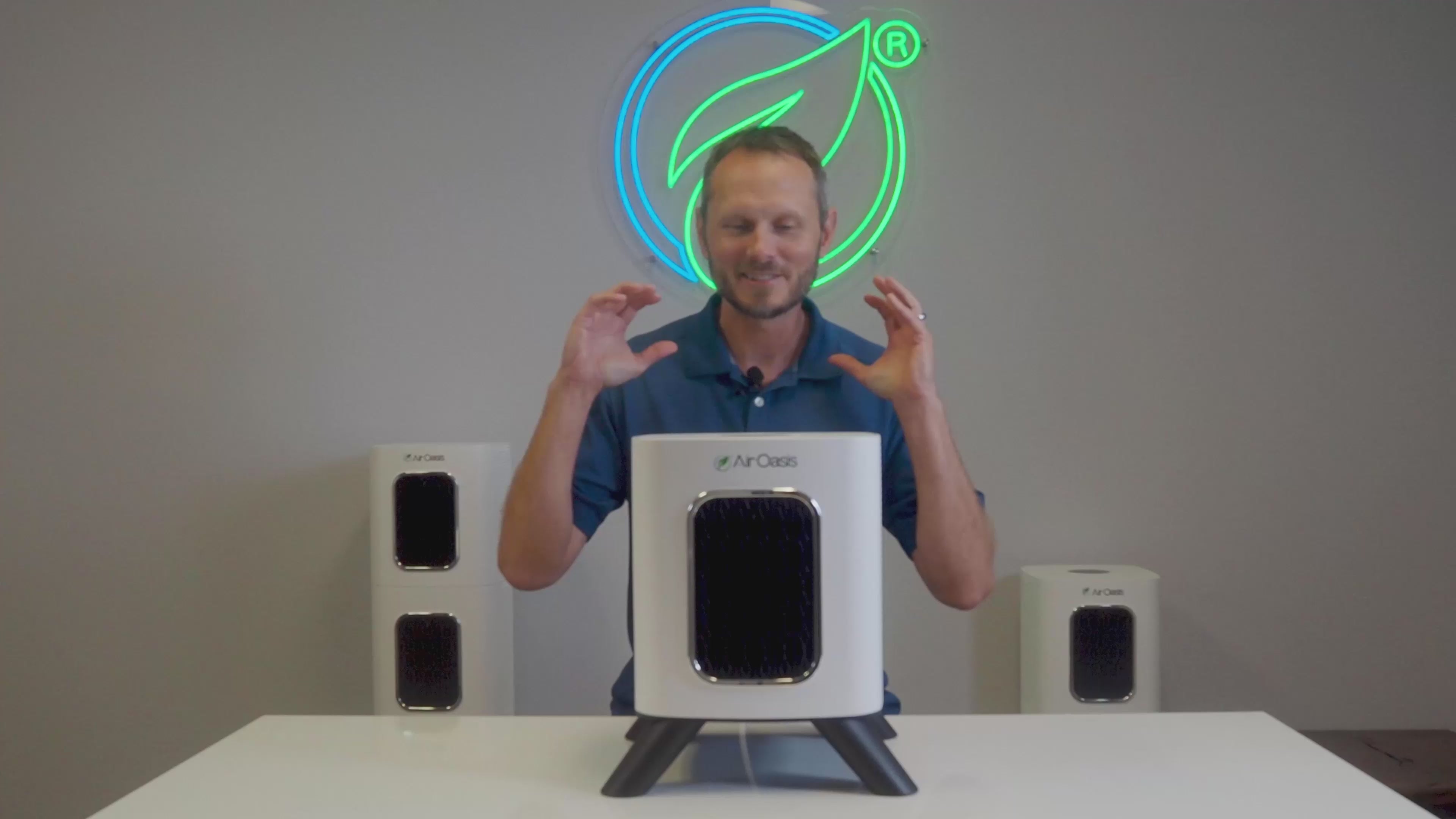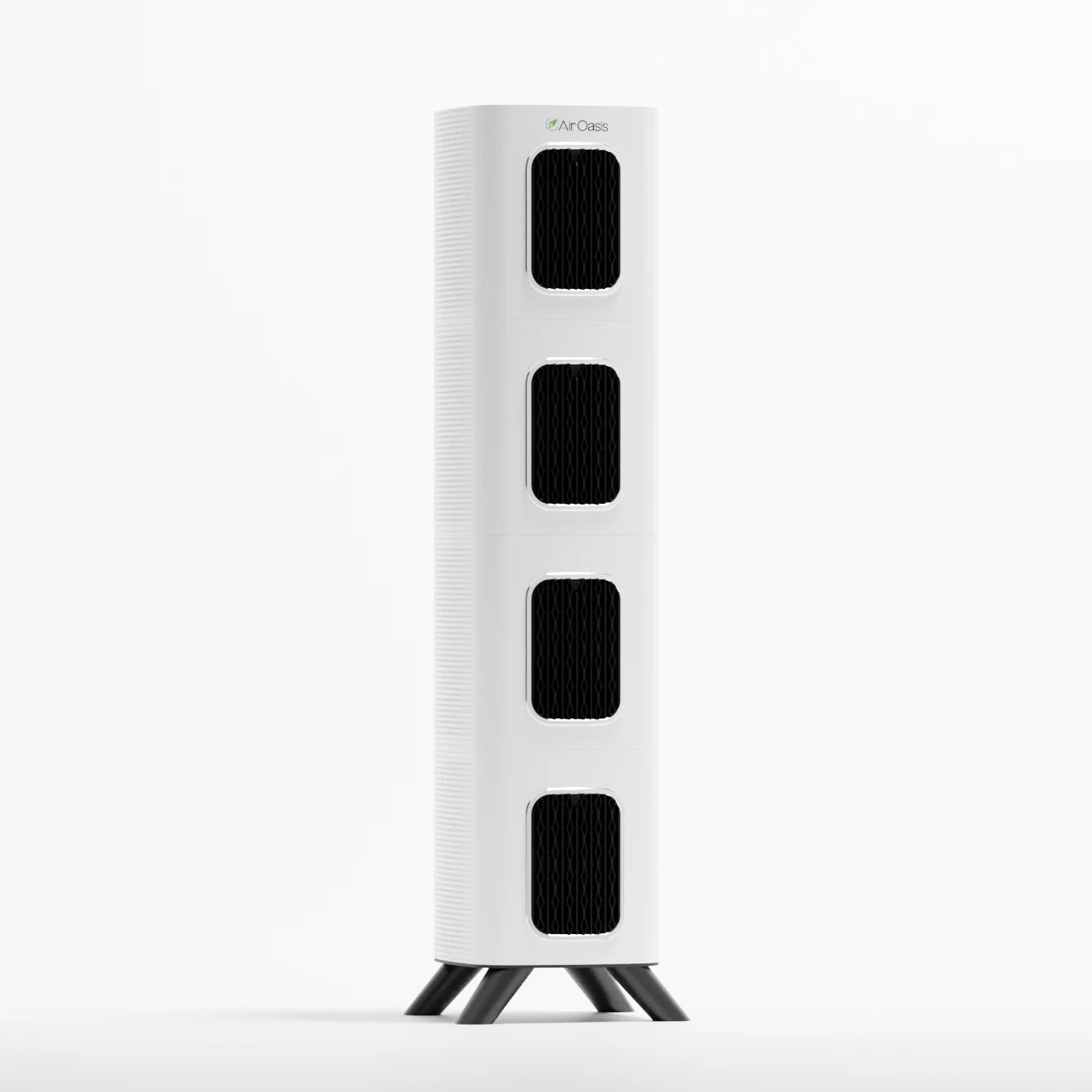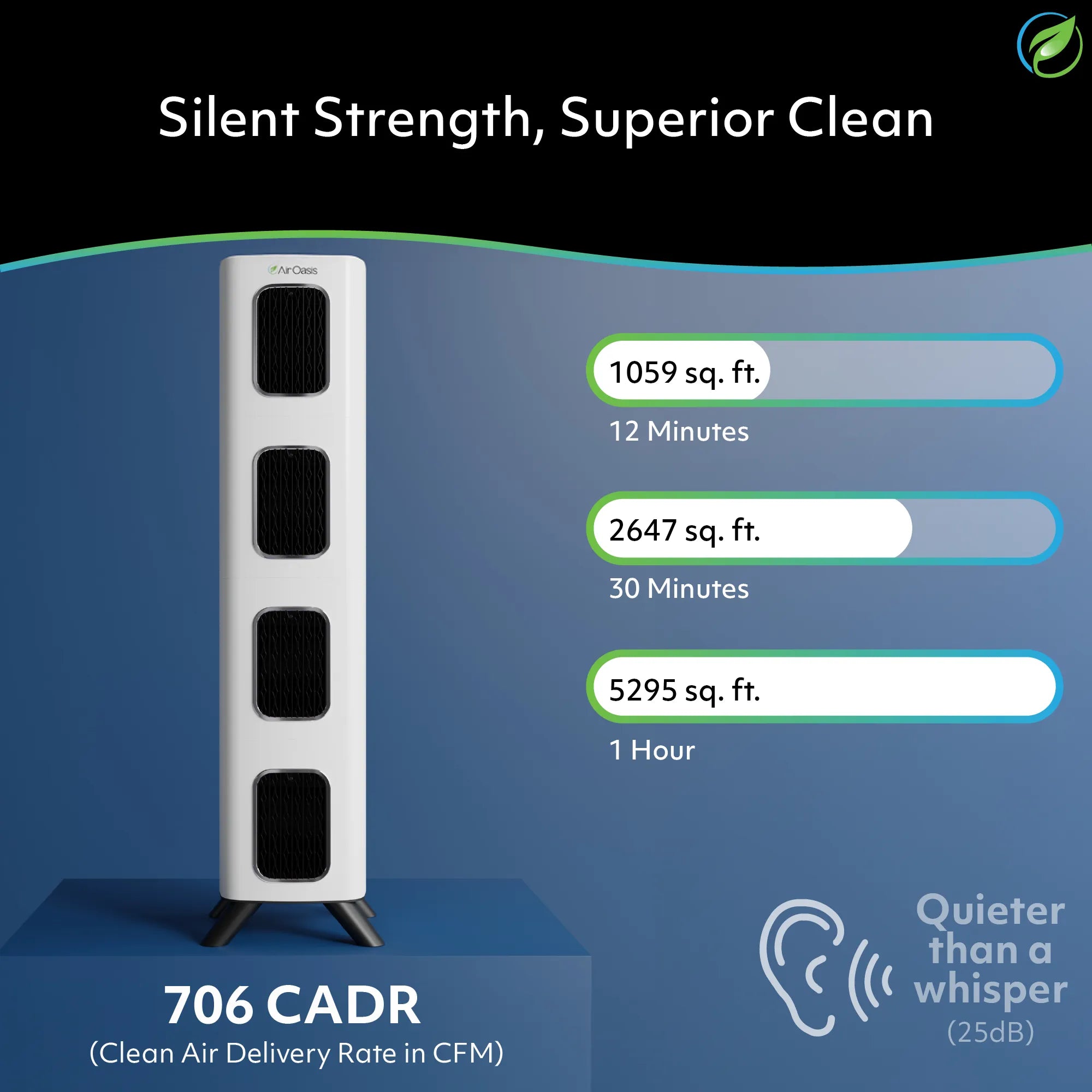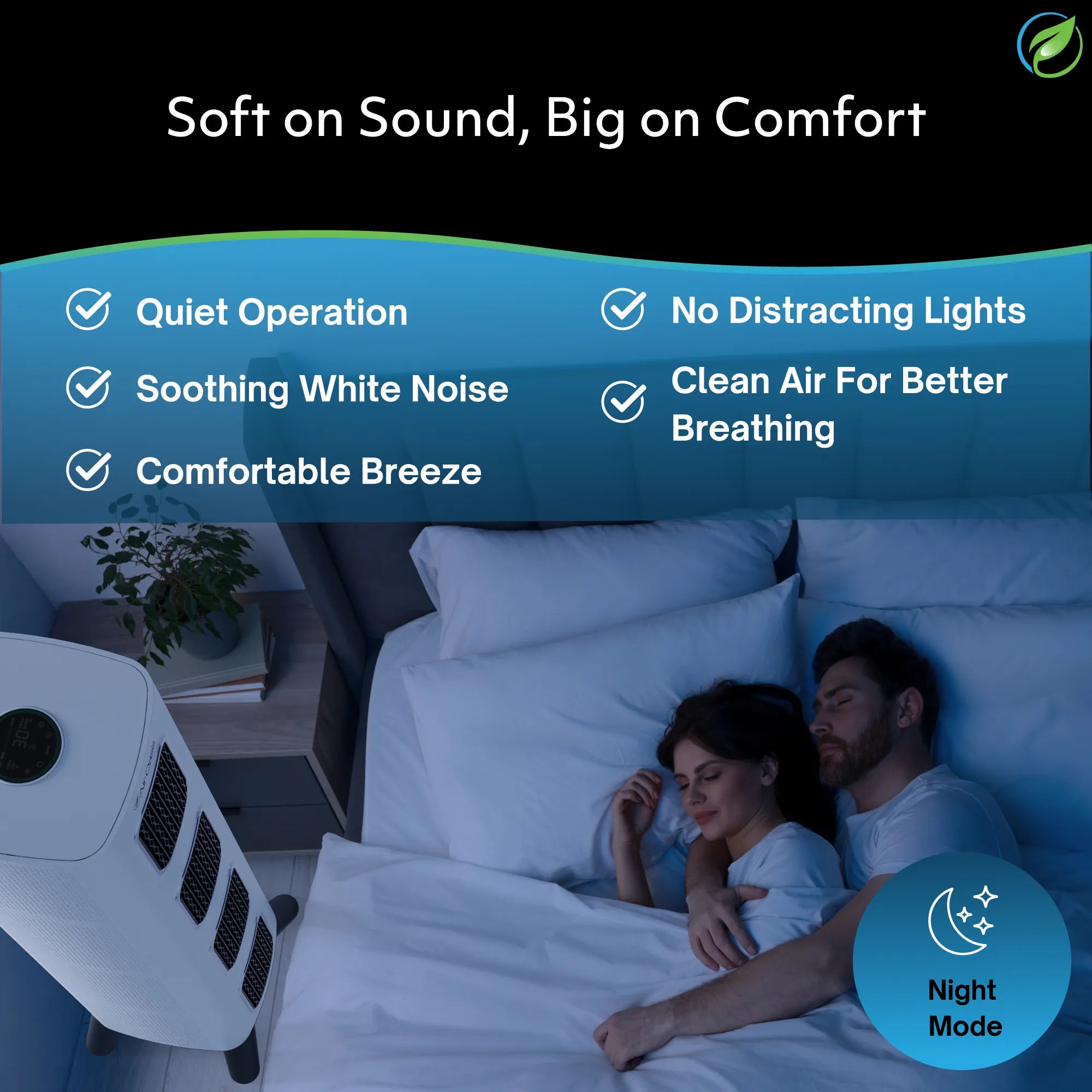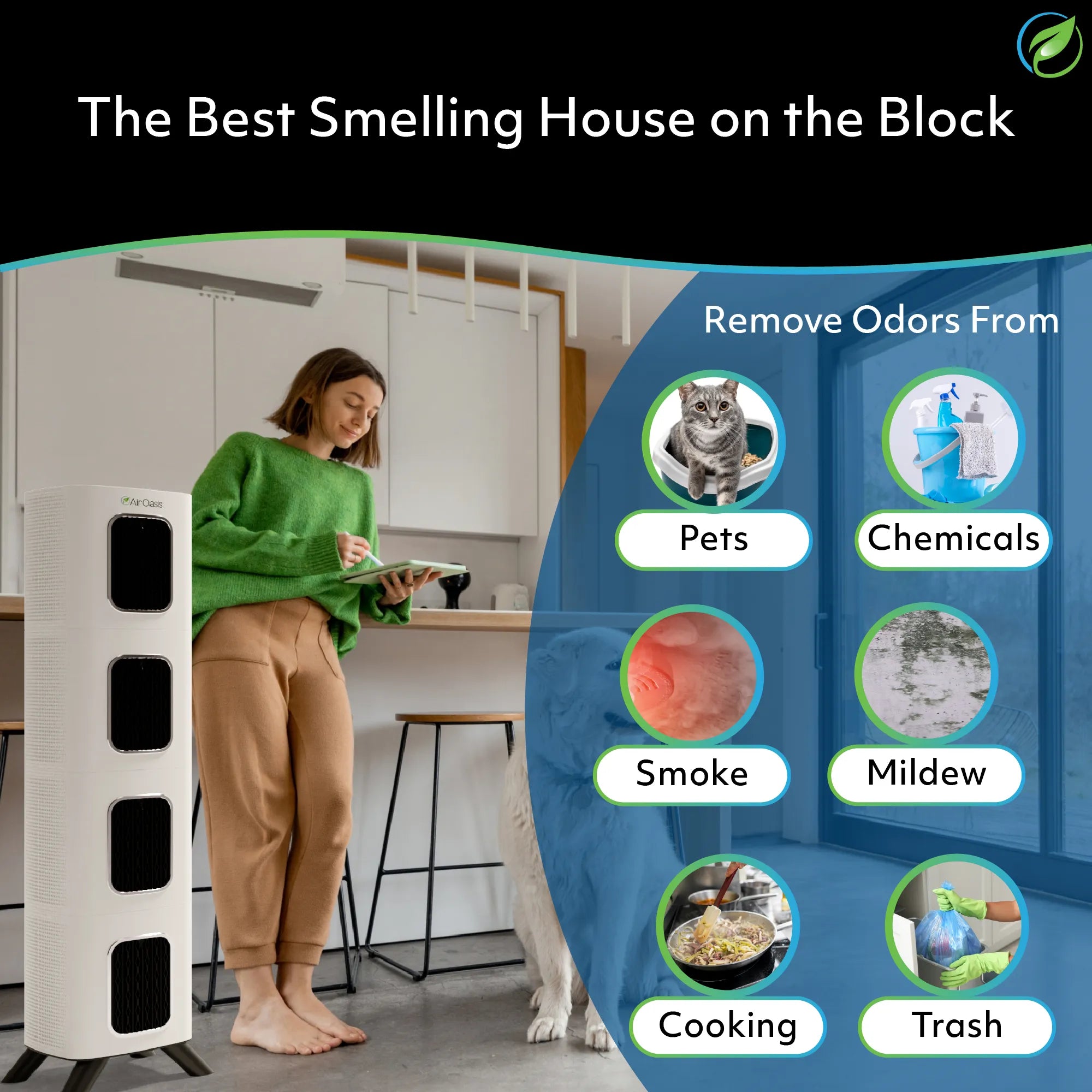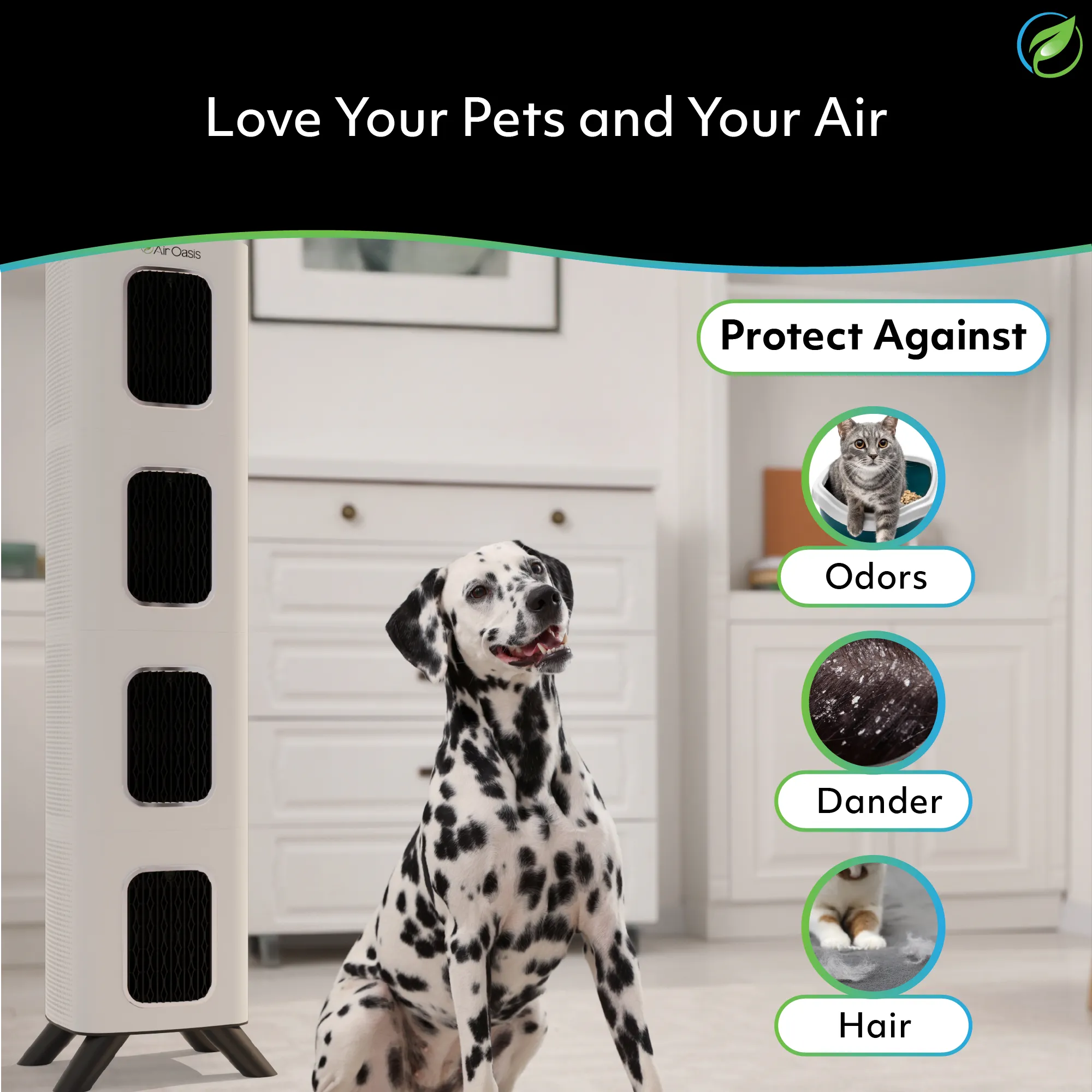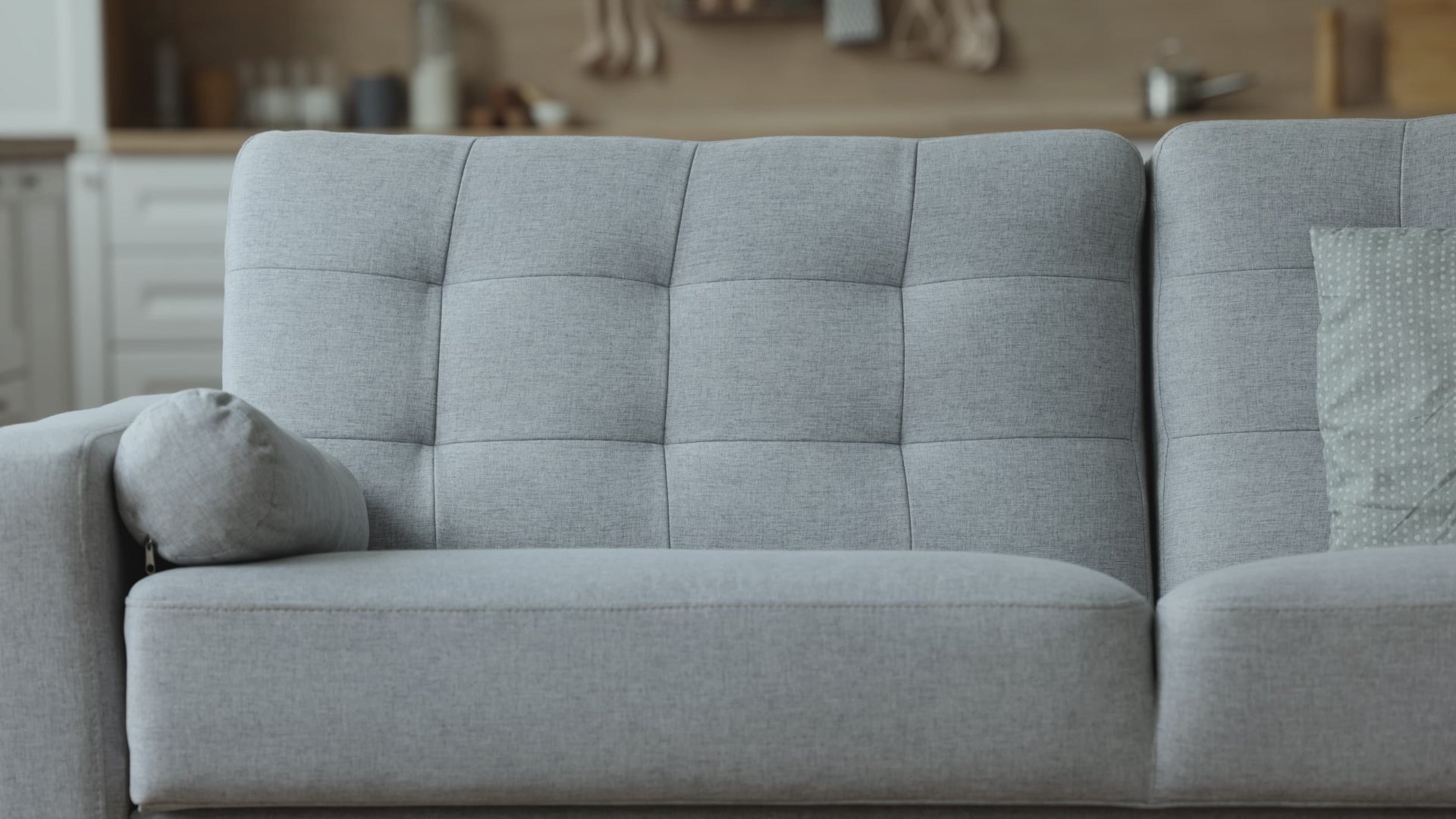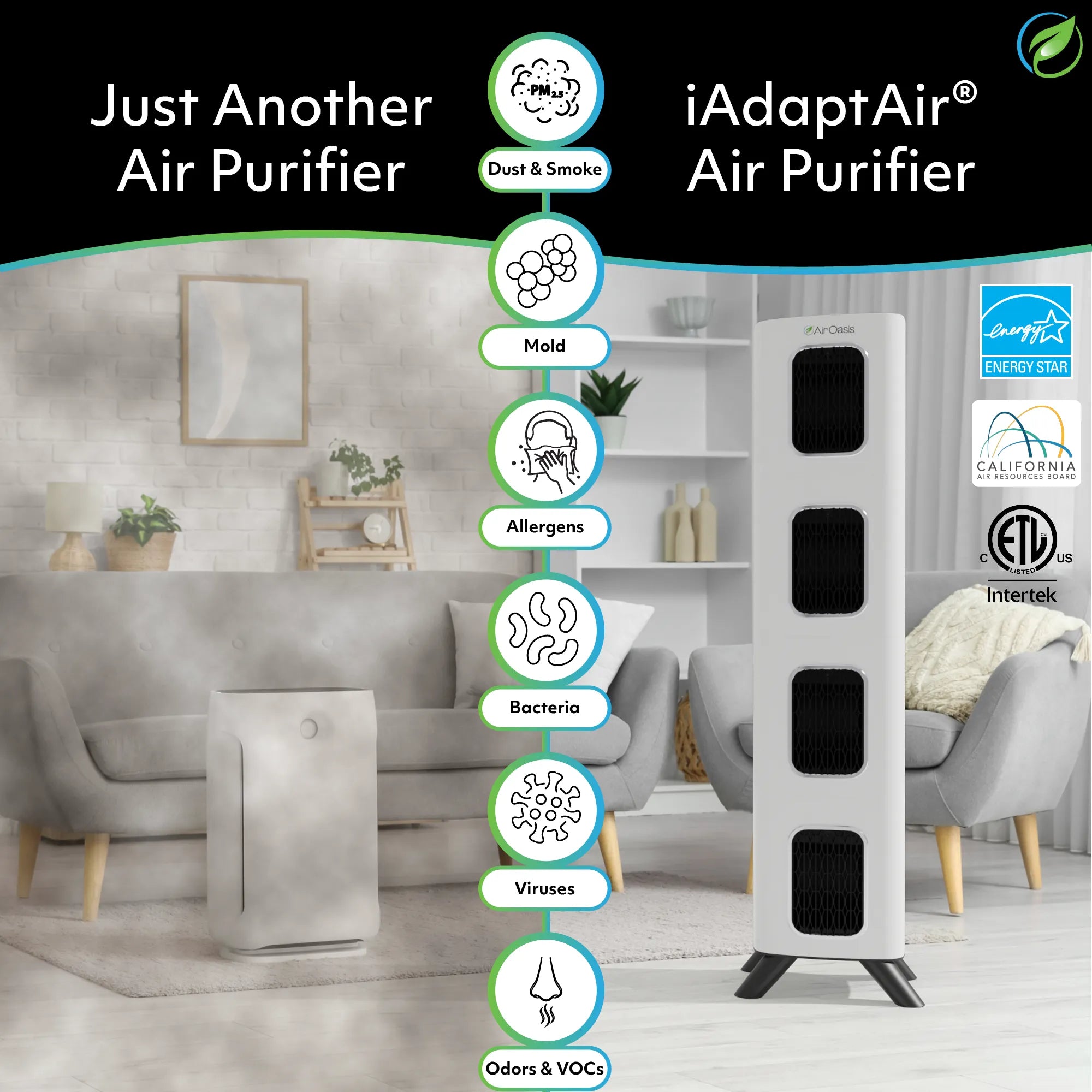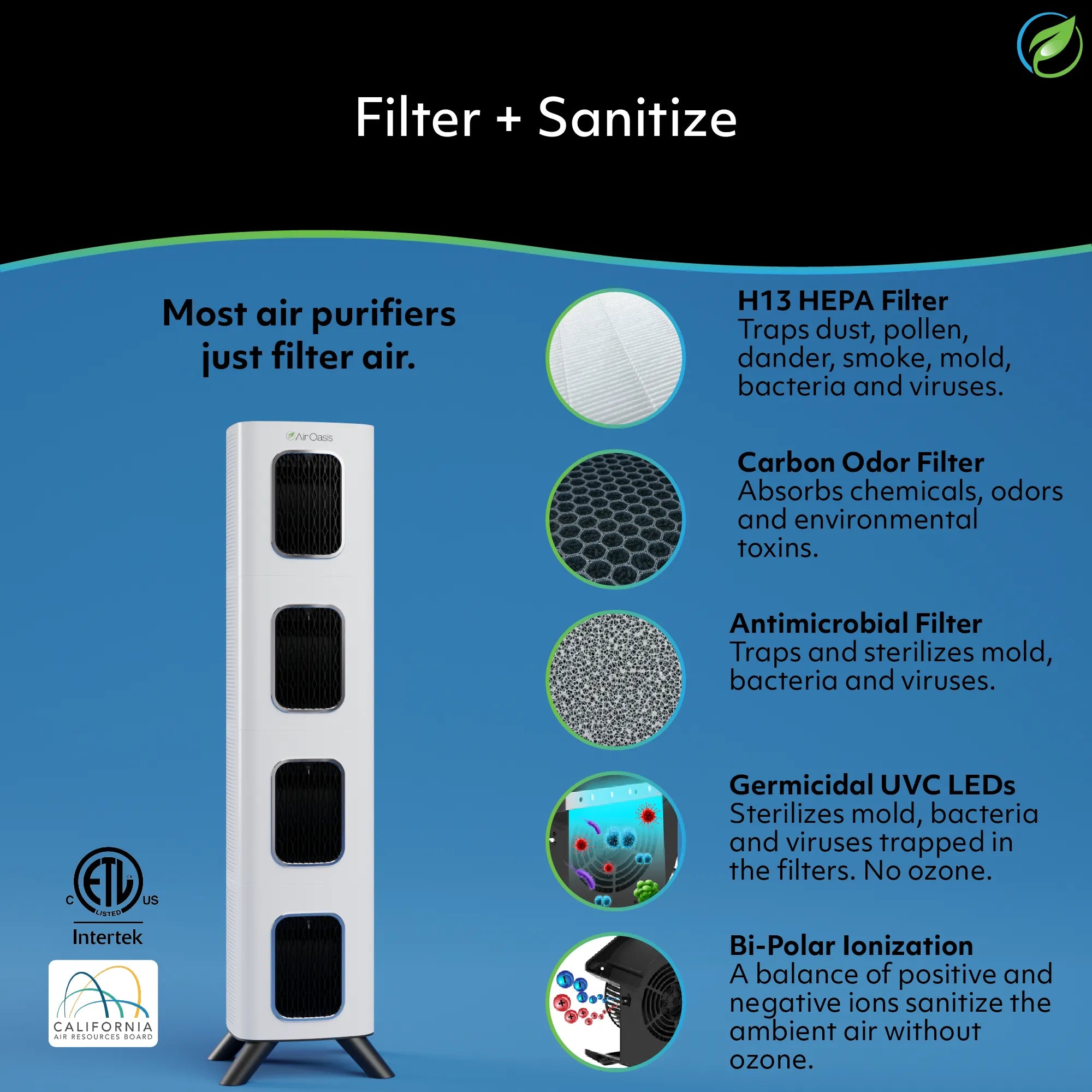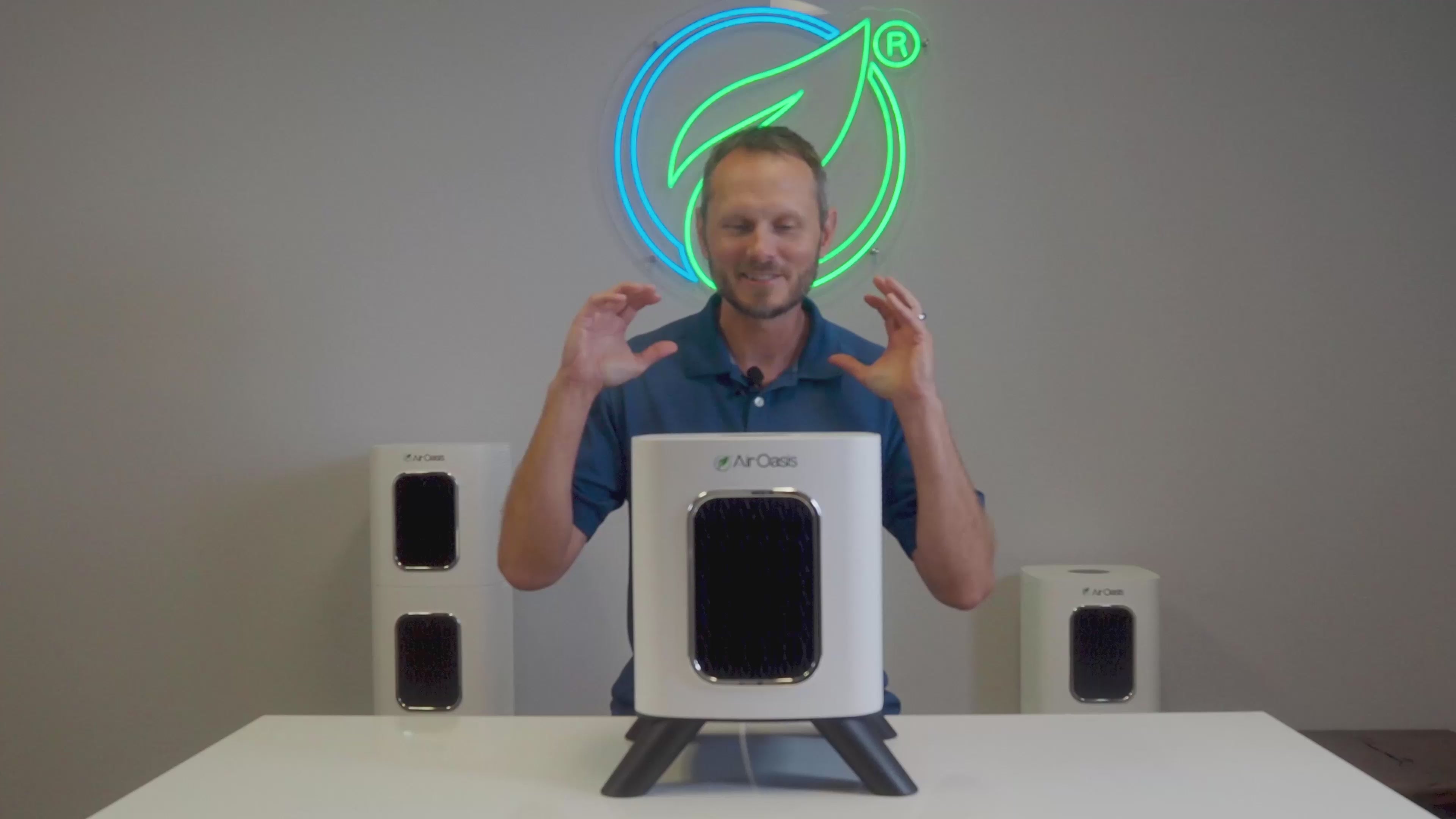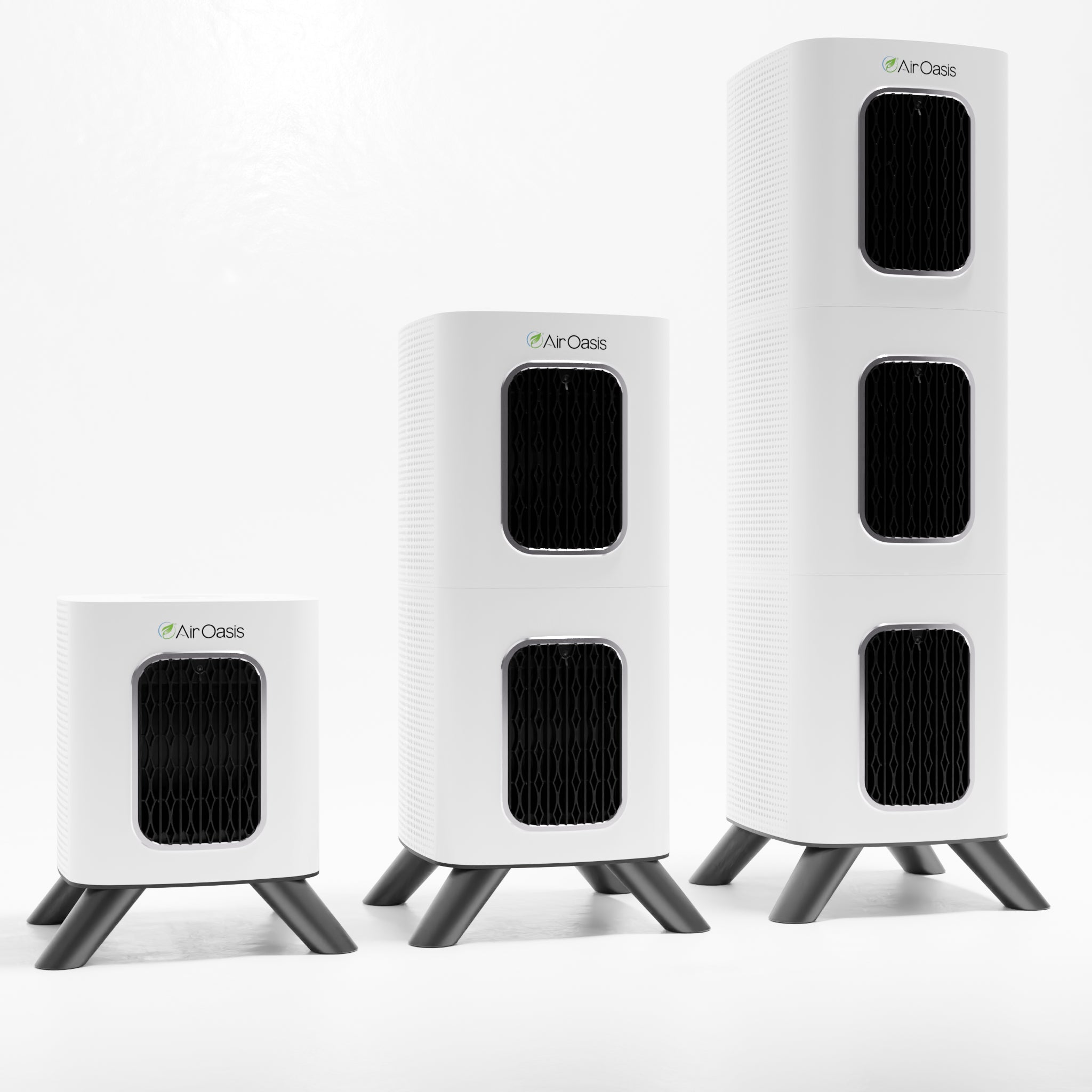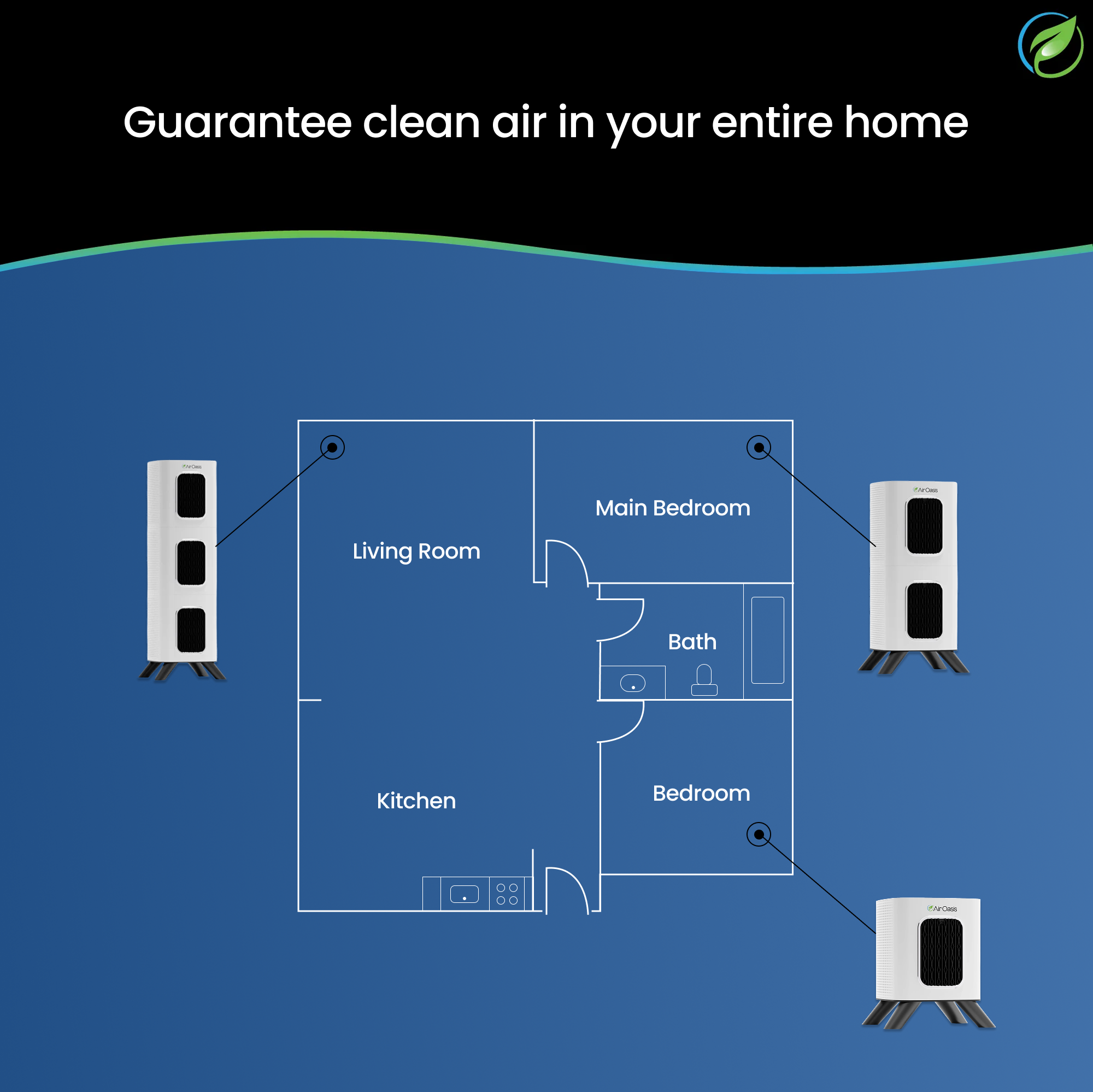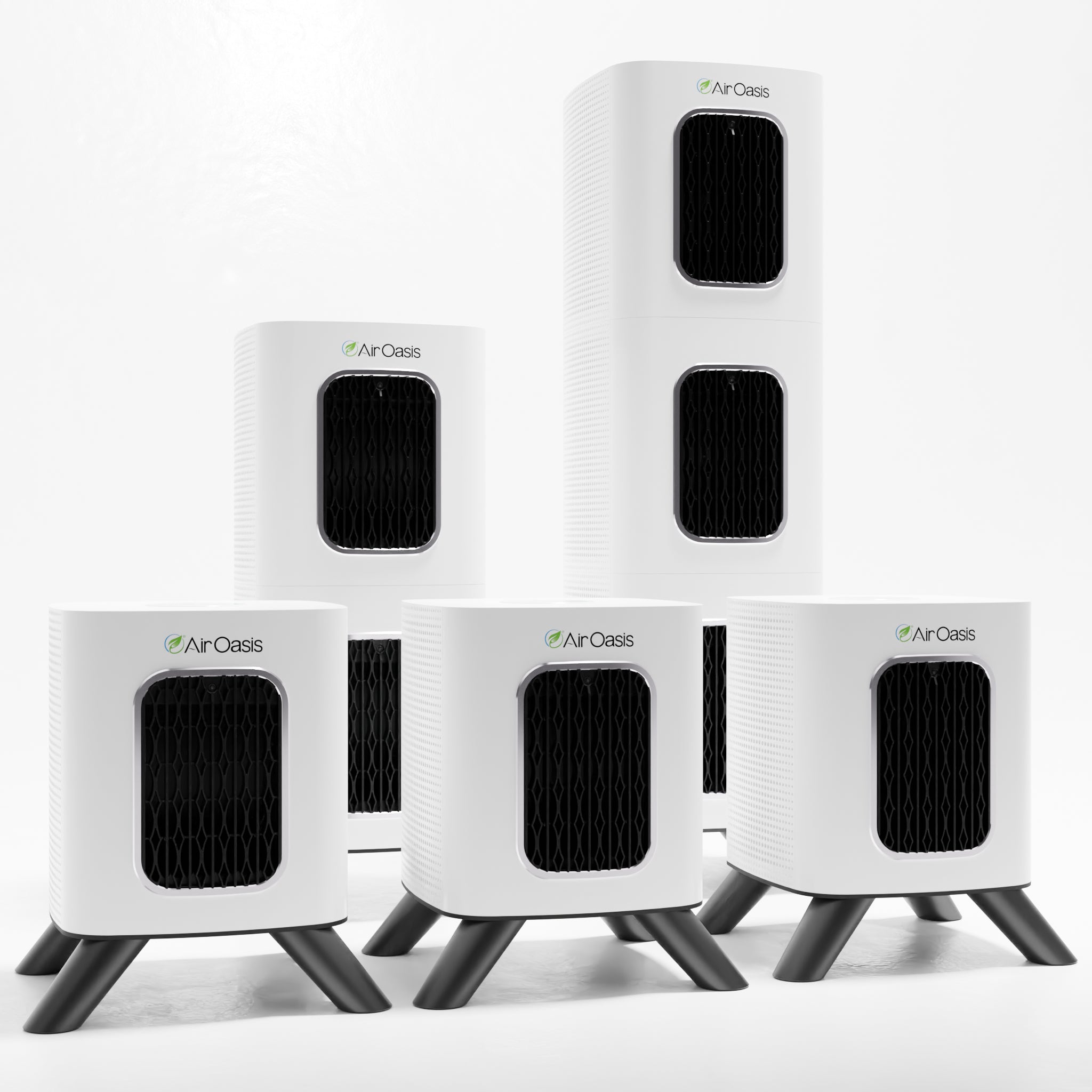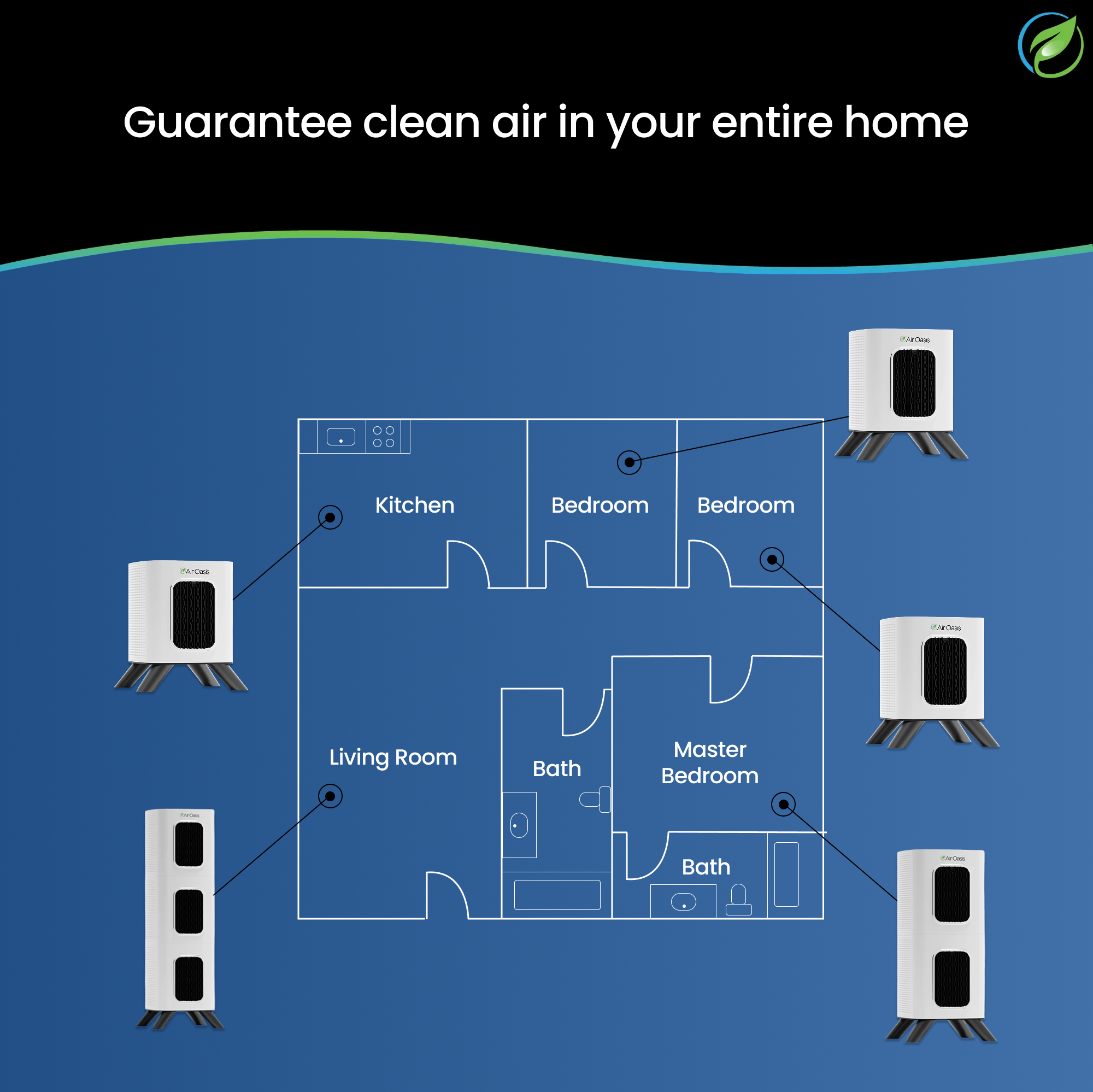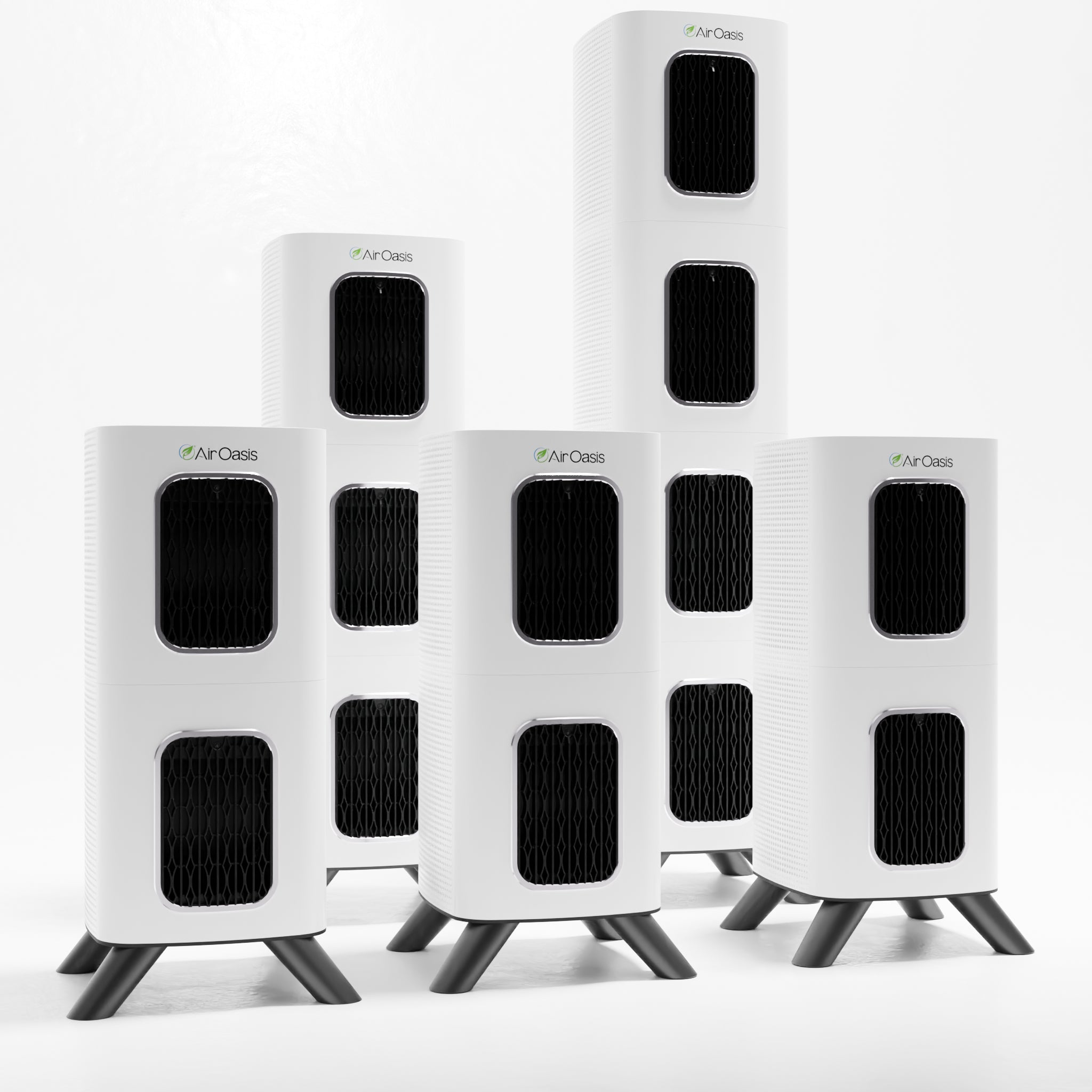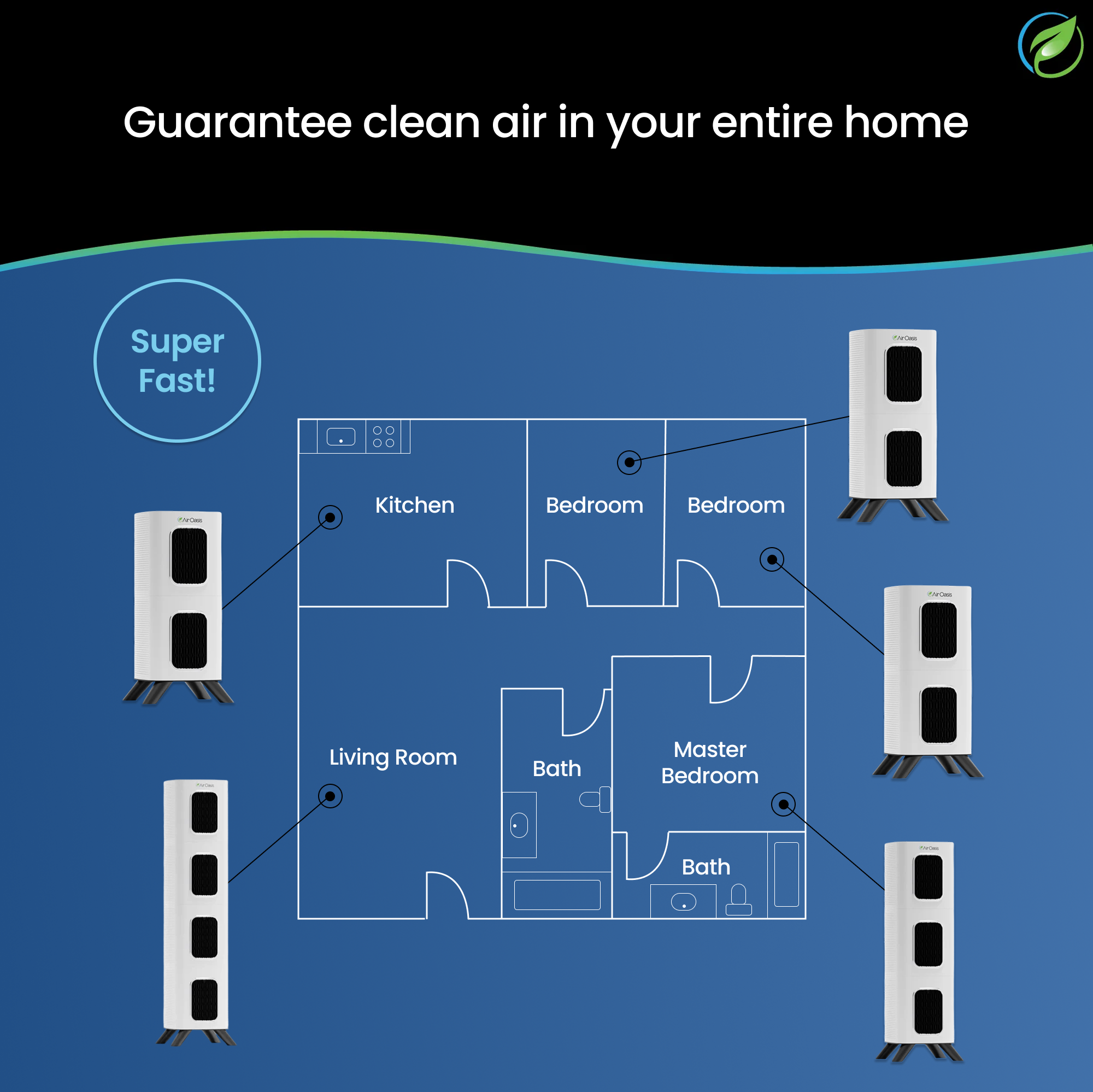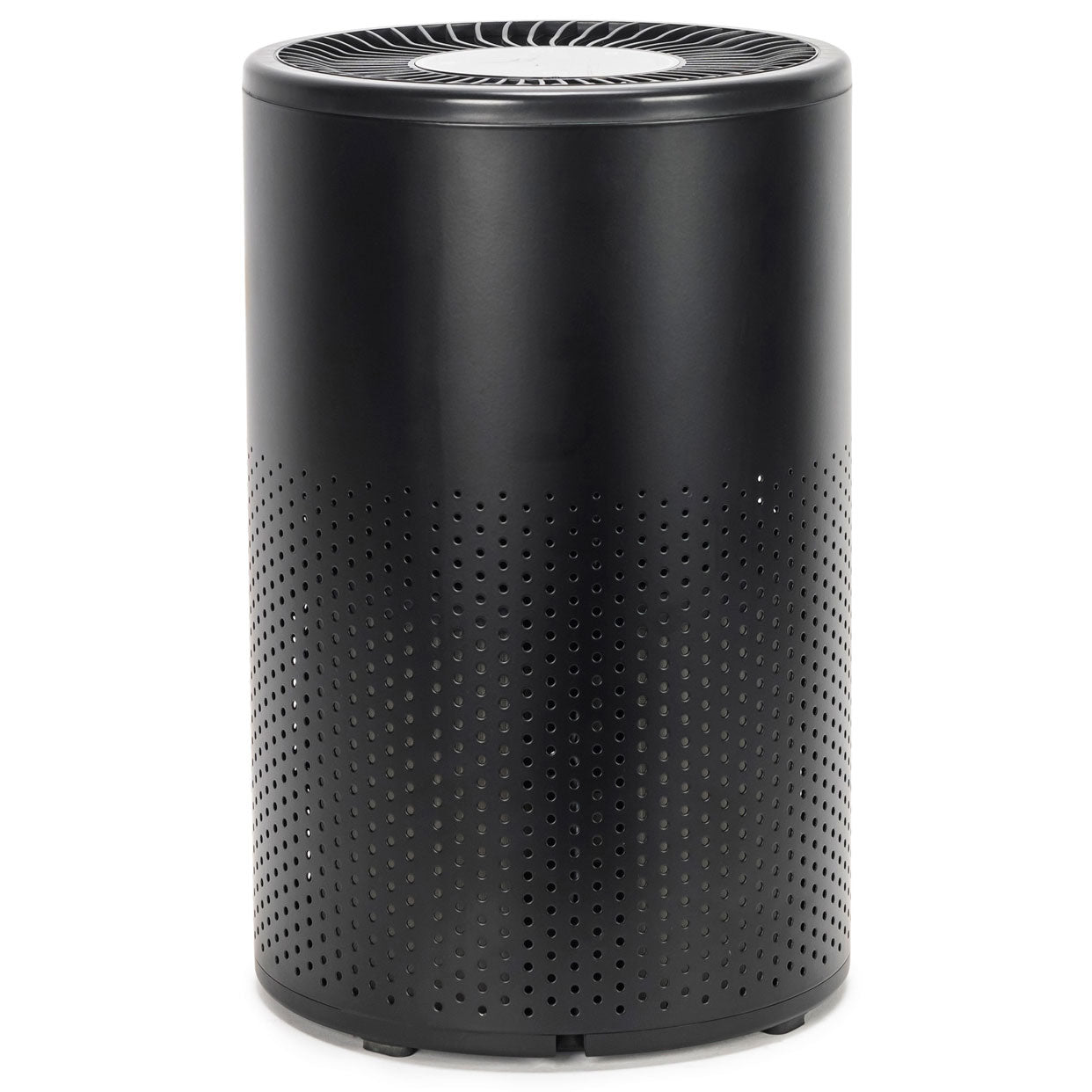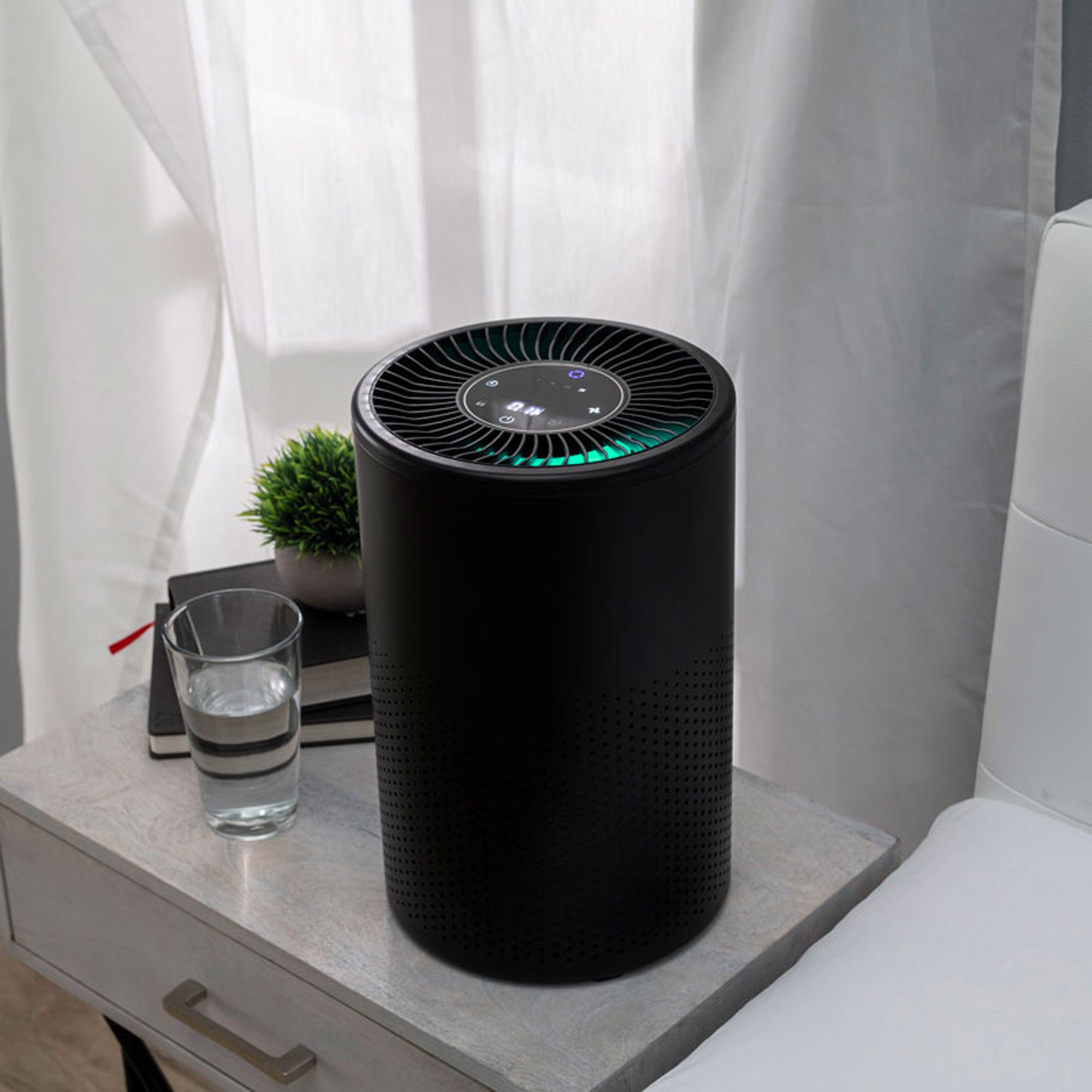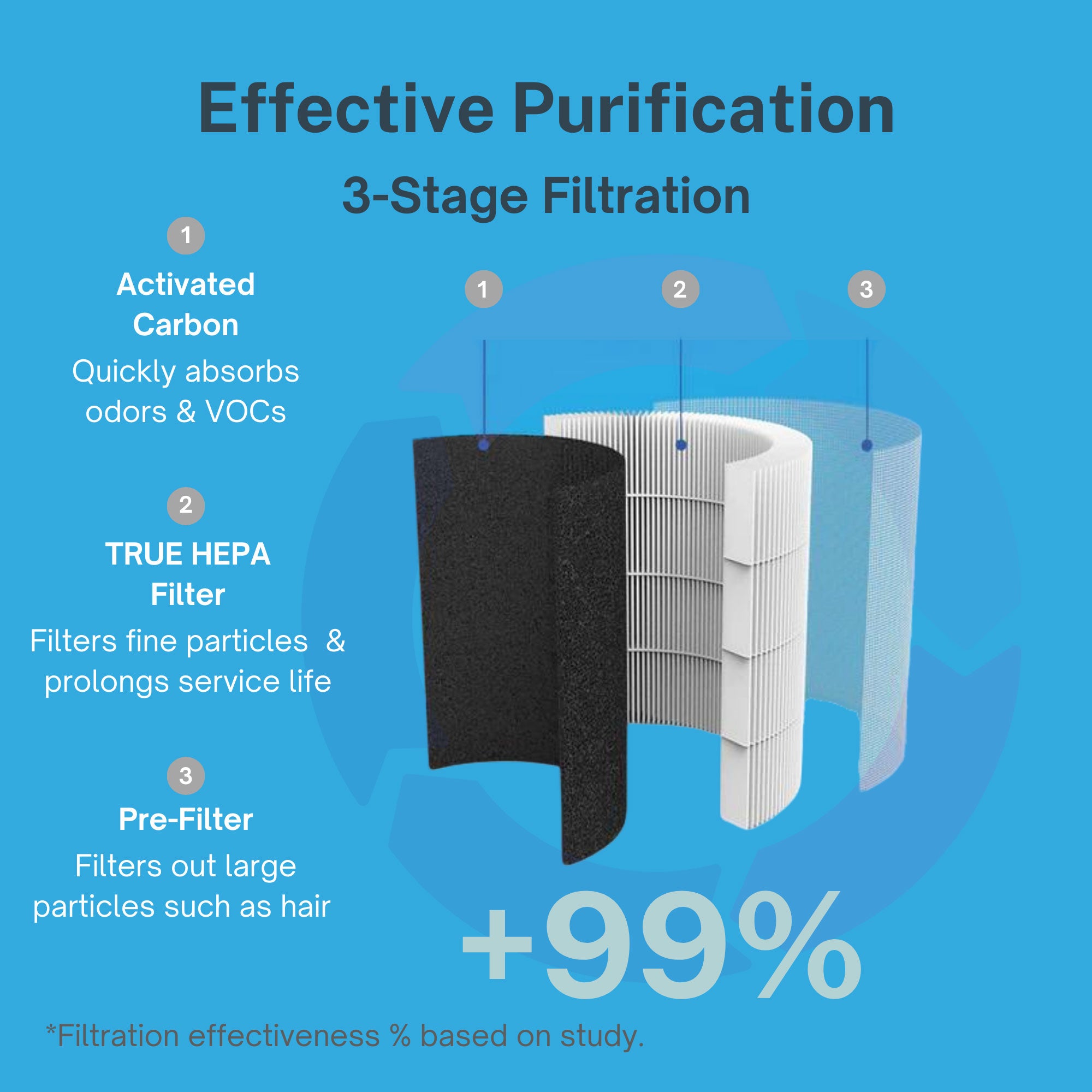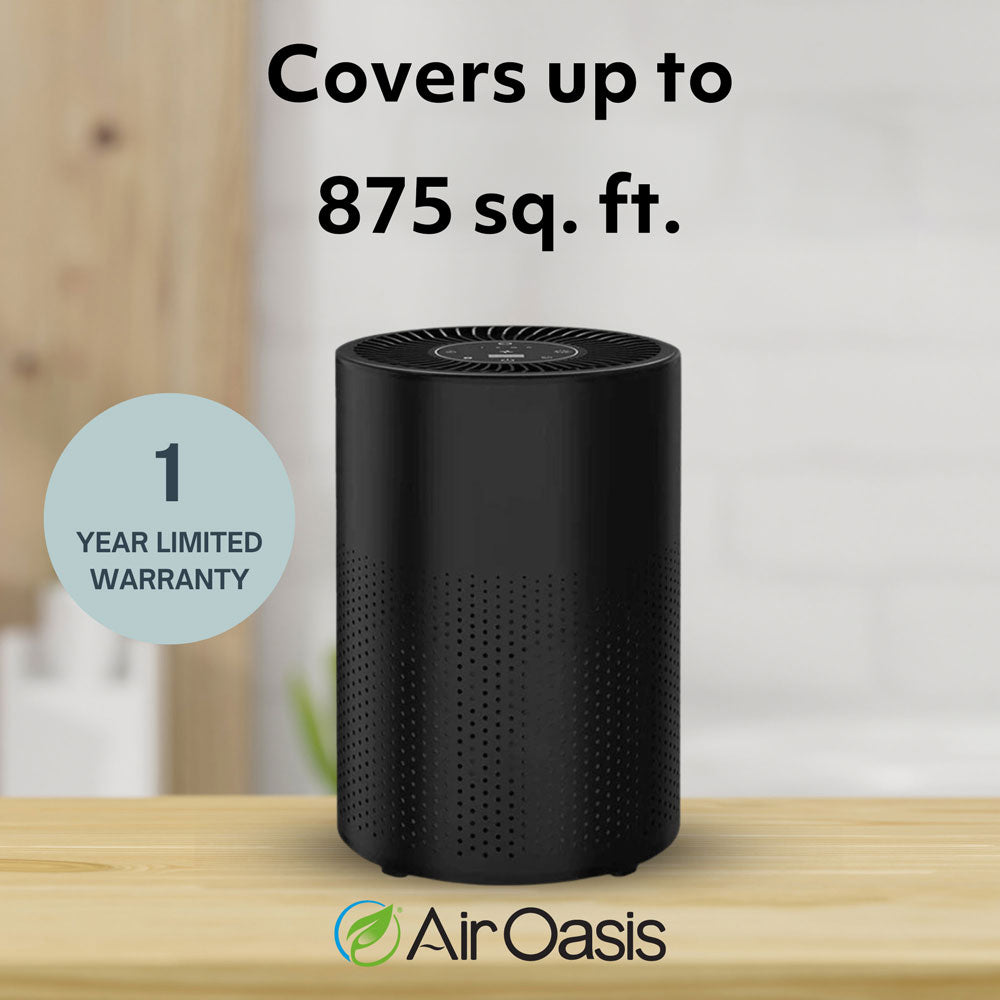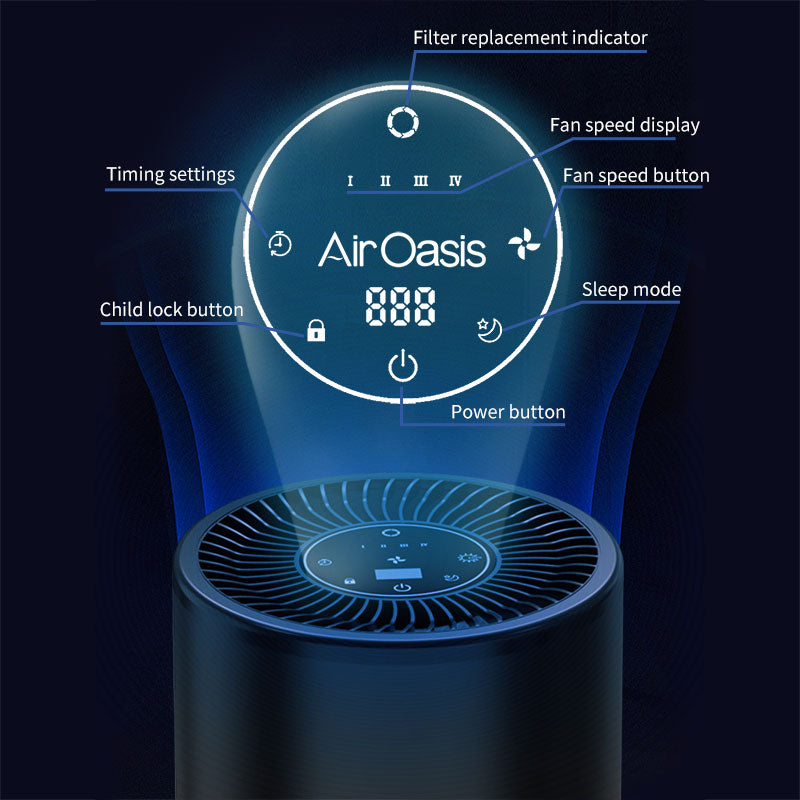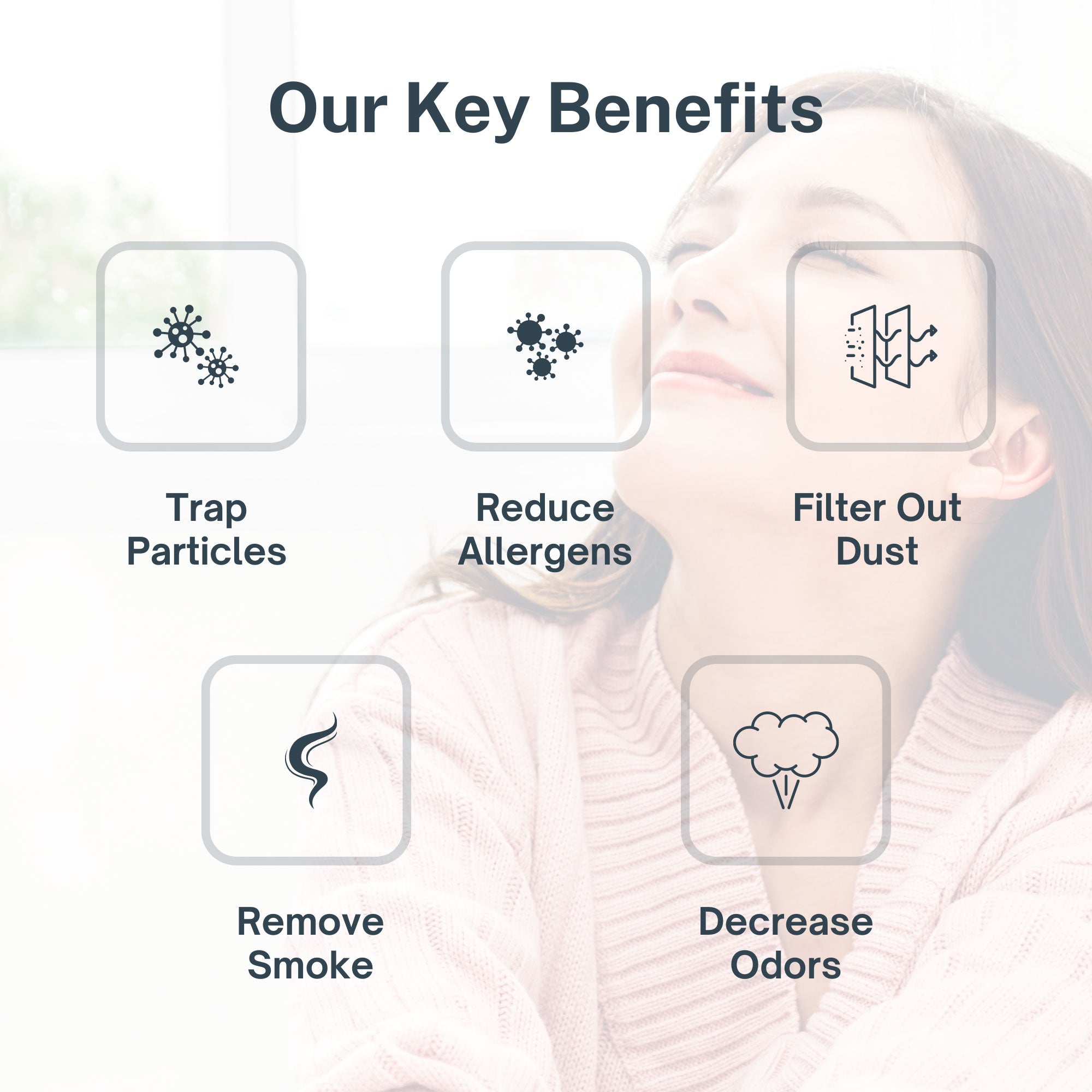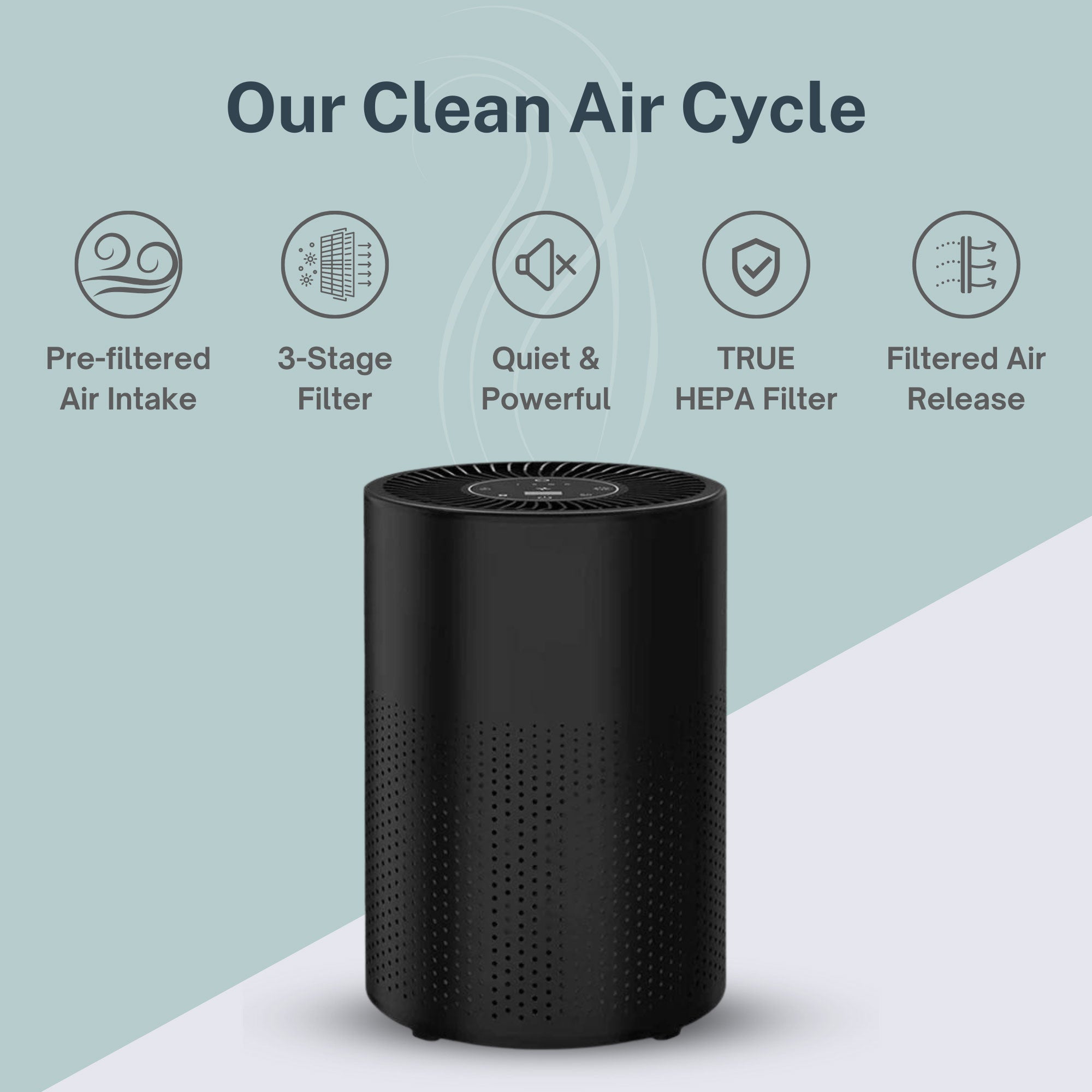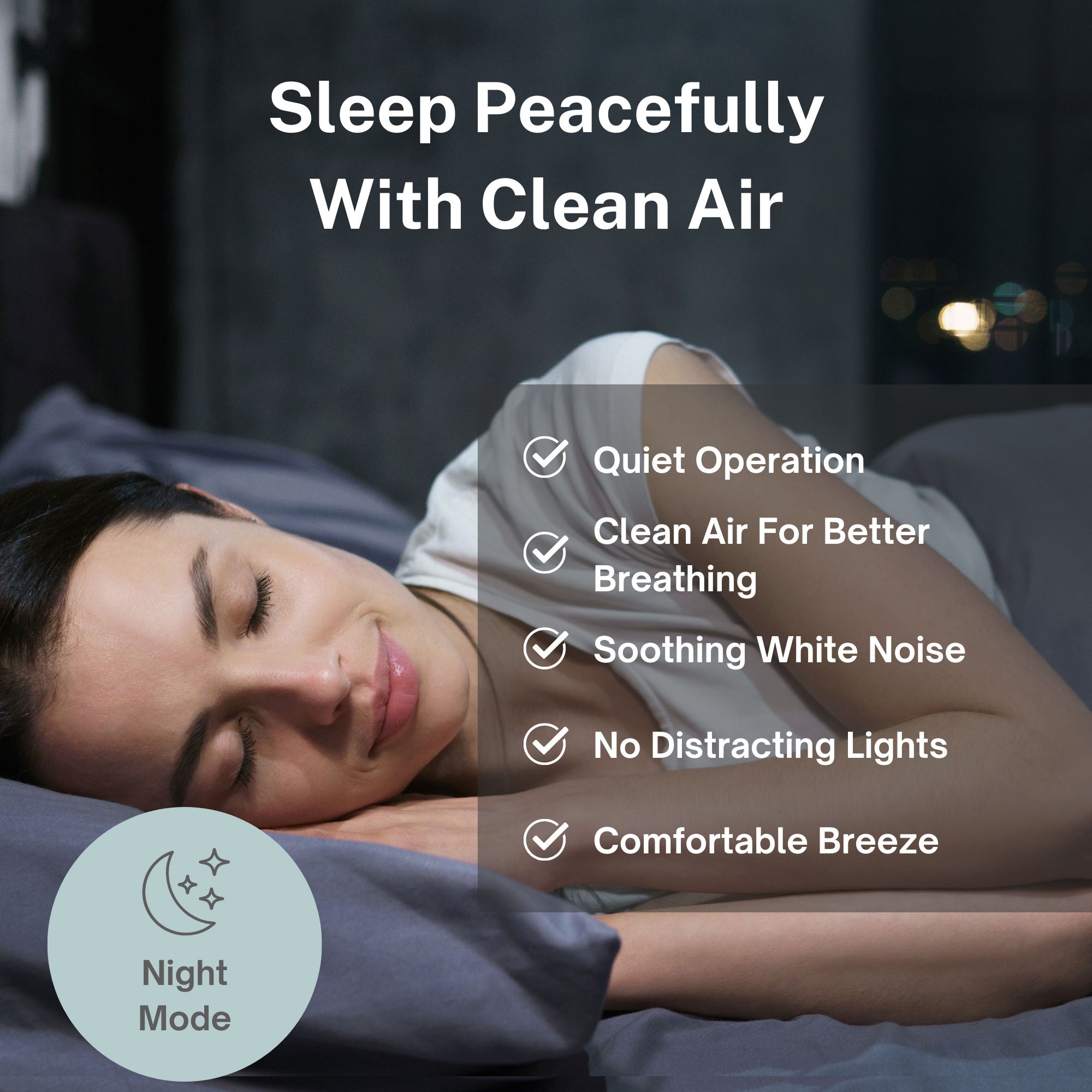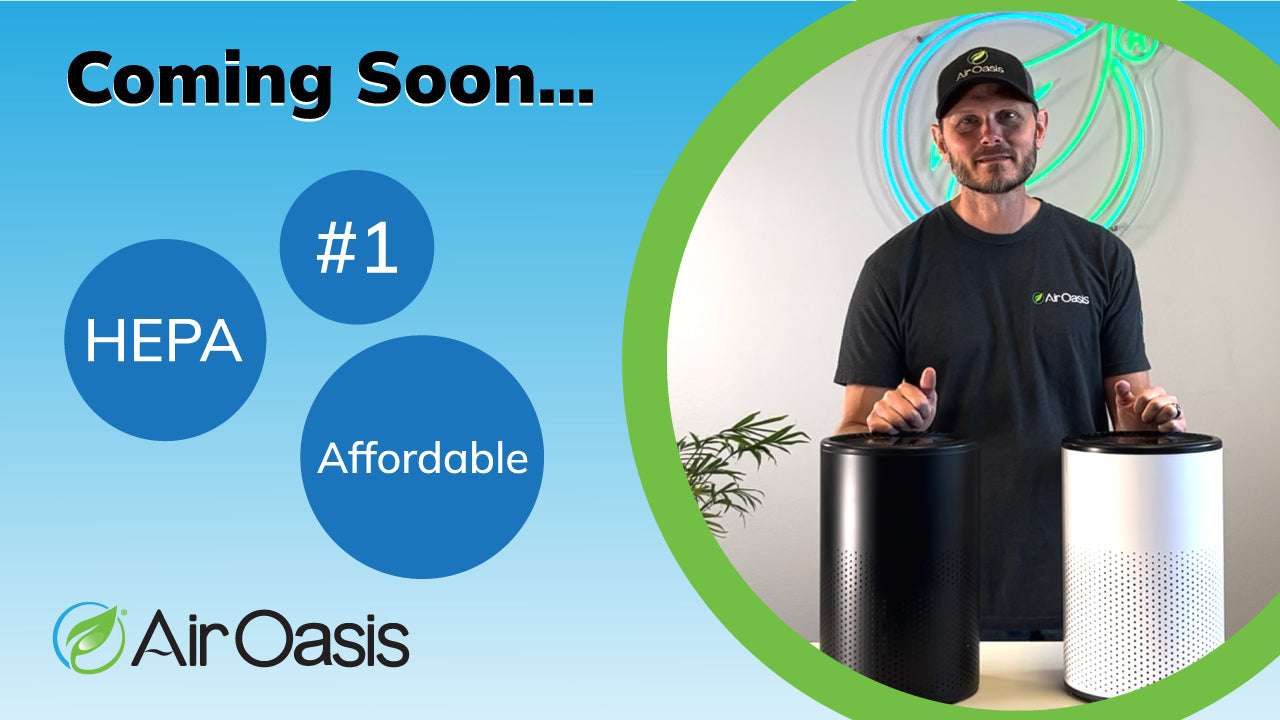HEPA, UV, germicidal, fans, carbon. . . the truth is: there are a lot of terms related to air purification, and they all relate to different types of air purifiers. Not all air purifiers use the same process to purify the air, and not all air purifier methods are equally effective.
Our team thought it would be helpful to break down some of the most common types of air purifiers, comparing how they work and what they work best against.
The Basics: What Air Purifiers Do
Air purifiers fundamentally work in one of two ways:
- By cycling air through some kind of physical, mechanical filter using fans/blowers — the functionality here is similar to how your air conditioning system circulates air through your home, just on a smaller scale.
- By using advanced technology to alter the molecular structure of particles in the air — no, this is not another sci-fi joke. A few different methods of air purification blanket indoor spaces with charged ions, which we’ll describe in more length in a minute.
Do these air purification approaches have to be mutually exclusive?
In other words, are you choosing “either” forced air processes “or” the high tech stuff?
Definitely not. In fact, we’ll go ahead and say that multistage filtration air purifiers are the ticket. You can get the best of all types of air purifier technology if you go for a more sophisticated model that employs all effective air purification methods.
That said, it’s still helpful to know what’s what.
Type 1: HEPA and True HEPA Air Filters
HEPA stands for high efficiency particulate air. HEPA is a pleated mechanical air filter. Regular HEPA removes 99.95% (European standard) or 99.97% (U.S., DOE, ASME standard) of airborne particles from the air. This includes mold, bacteria, dust, pollen, and other items down to 0.1 microns in size.
HEPA has been commercially available since the 1950s and HEPA filters are used in all sorts of applications, not just air purifiers. True HEPA is a term commonly used to verify that a product meets the HEPA standard, because not all do. Ideally, you’ll only use a HEPA product — especially for something as important as clean air — that has been verified by a third-party entity (not just the company you buy it from).
HEPA filtration is mechanical, meaning it uses the forced air we mentioned above to pull air through the very specifically designed, finely woven filter. The filter traps particles, taking them out of circulation.
HEPA filters become packed with all of those captured particles, and must be changed on a regular basis. The frequency will depend on the size of the unit and the air quality in the space it’s in.
Type 2: UV Air Purifiers
Ultraviolet light (UV) sanitizes surfaces. Very early experiments of UV waves (we’re talking mid 1800s) uncovered the reality that sunlight could kill bacteria and inhibit the growth of bacteria. As scientific understanding progressed, the UV waves were singled out, and ultraviolet germicidal irradiation (UVGI) technology was developed in the mid 1900s.
The germicidal capabilities of UV light were used for years in hospitals and other areas where bacteria count is typically high. It was found that UV light didn’t just disinfect surfaces, it could be used to disinfect the air.
When the COVID-19 pandemic struck the world in 2020, interest was resurrected in this technology, as UV light has been proven to inactivate viruses like the coronavirus.
Air must be directed to exposure to a UV light. Typically, air purifiers that include UV have a UV lamp inside of them to perform this function.
Type 3: AHPCO® and Bi-Polar® Technology
There are a few names for variations of what we’re about to describe, most of which refer to ionization. A point of clarification is in order: ionization air purifiers do not emit dangerous ozone. Ozone is highly monitored, gives off an odor, and can hurt your health.
Air purifiers that use ionic air purification send negatively charged ions into the air. These bond with positively charged ions, weighing down particles that are floating in the air. The particles fall to the ground or surfaces, where they are then removed by regular cleaning.
Ionic air purification is the most complex scientific process you will find in air purifiers today, and it can be immensely effective.
If you want a far deeper dive into what ionic air purifiers are or do, read this article: Ionic Air Purifiers.
Type 4: Carbon Filters for Air Purifiers
Activated carbon can be used to purify liquids, filter out gas, remove odors, and control pollution. It has many uses and is a natural substance that can be added to an air filter for extra purification power.
You probably won’t find an air purifier that only uses activated carbon, but it’s often added as an important part of a multistage filtration system.
Which Type of Air Purifiers Do You Need?
The type of air purifier you need depends on what you want an air purifier to do:
- Remove odors?
- Decrease pollen/allergens?
- Mitigate pollution?
- Reduce pet dander?
- Lower the risk of bacterial/virus transmission?
Most people would say emphatically: all of the above. In the case of air purifier technology, more is better if every stage is finely tuned and perfectly built for optimal performance. That caveat exists because what you don’t want is an amalgam of sub-par parts that each get mediocre results.
However, now that air purifier technology has progressed to its current point, it is possible to find an air purifier that uses each of these processes, bundled into one unit, and offers multiplied filtration power for your home, office, or school.
We know that to be true because we built one.
It’s called the iAdaptAirⓇ HEPA UV Air Purifier…and it is the best of all worlds.
Regardless of the type of air purifier you are looking for, it has it.


